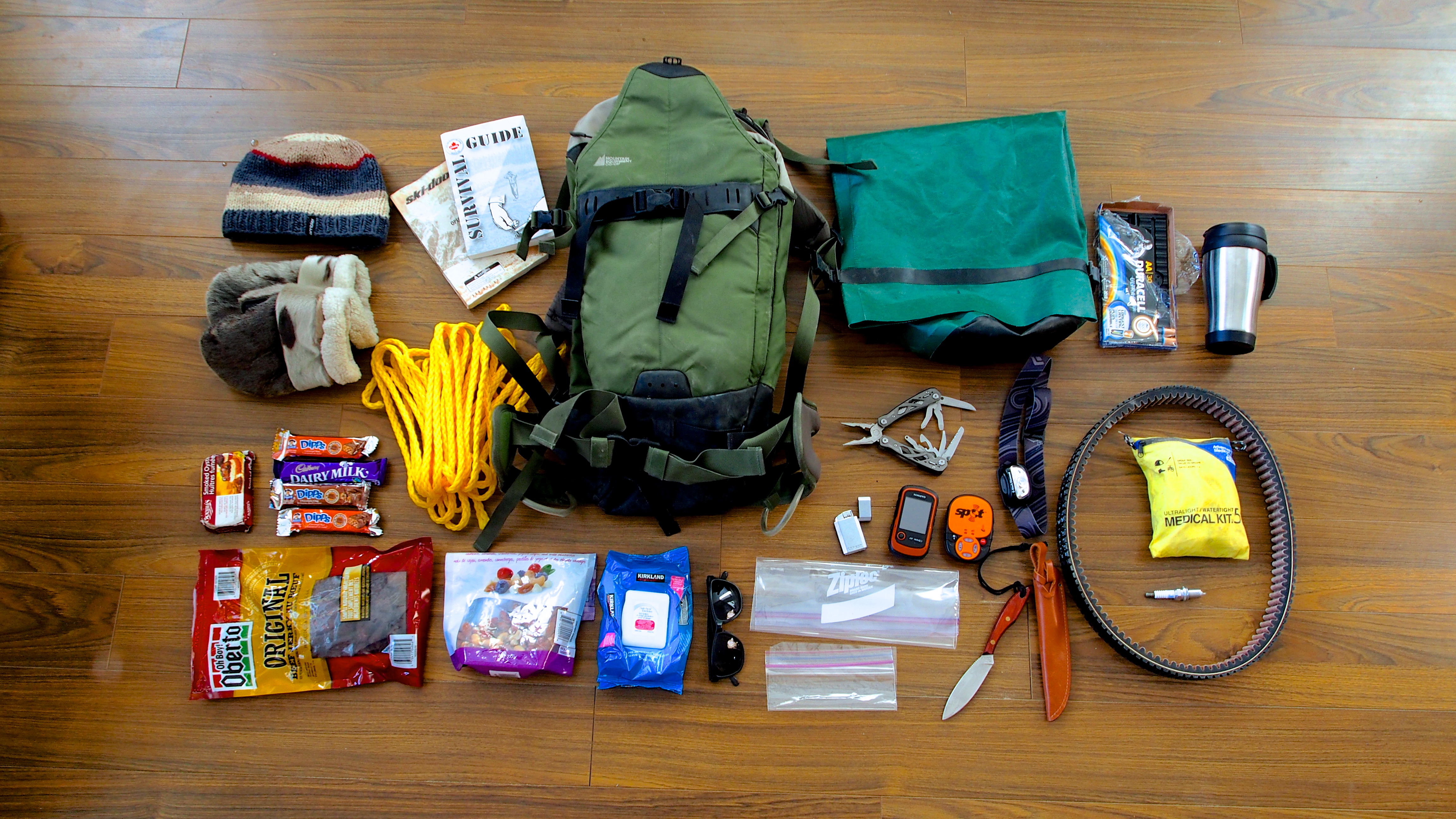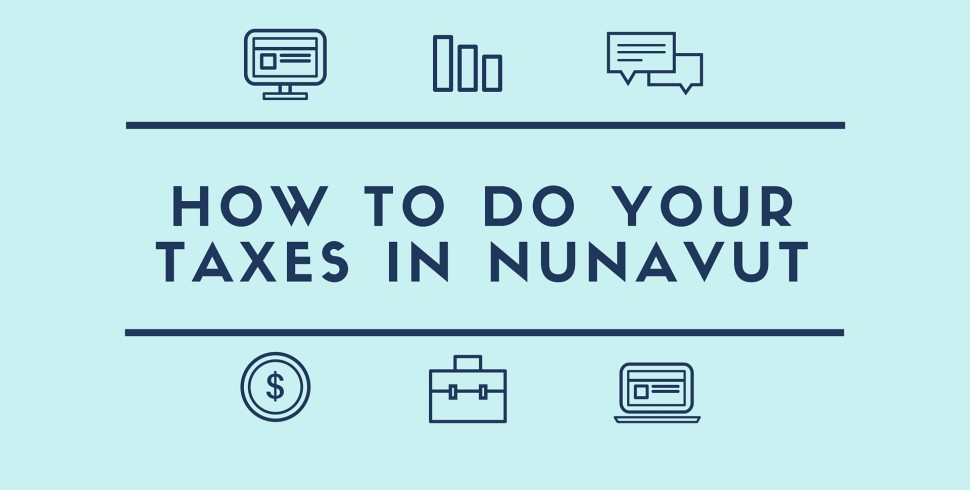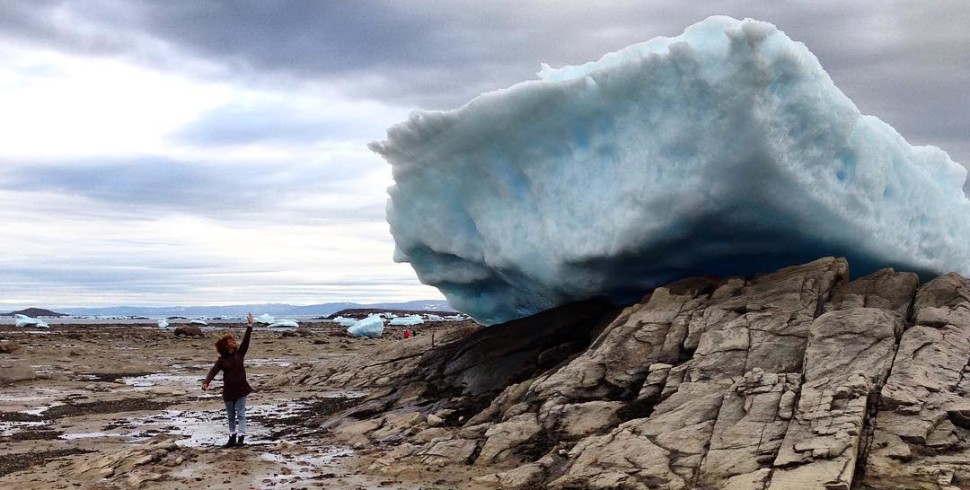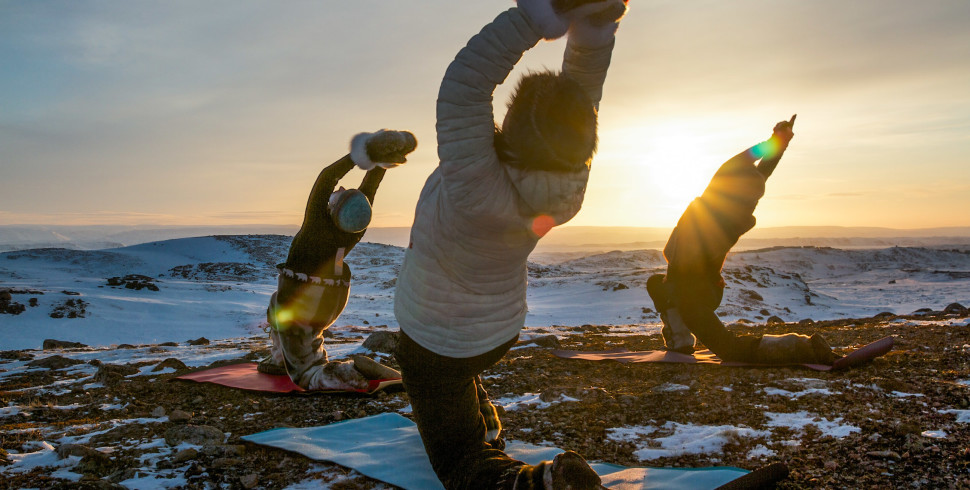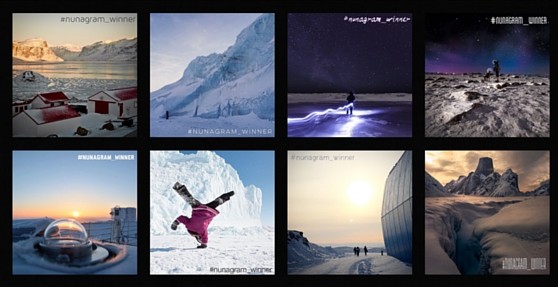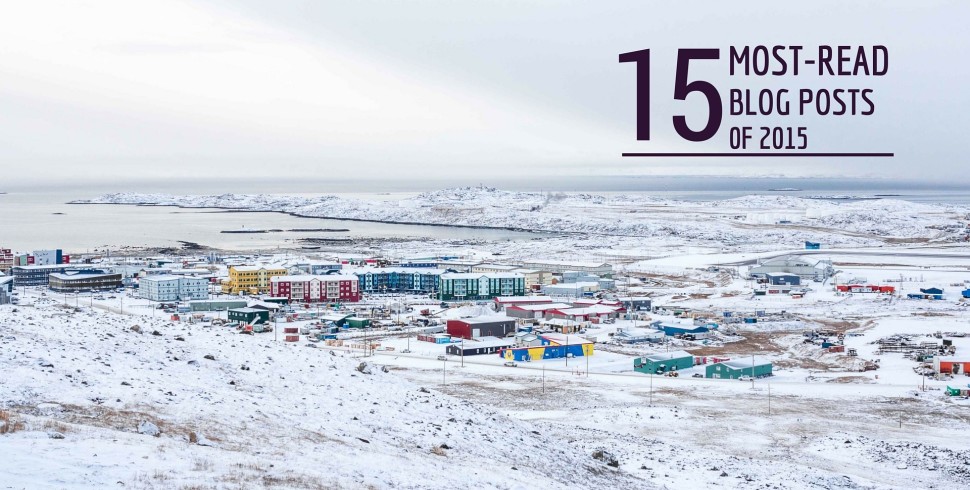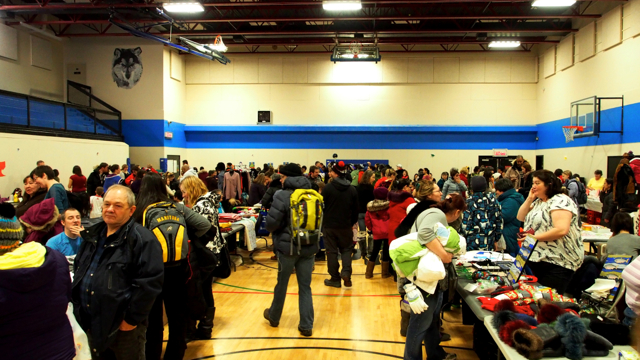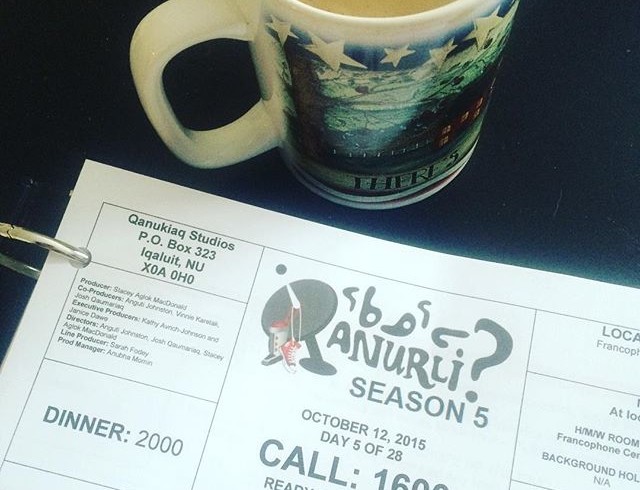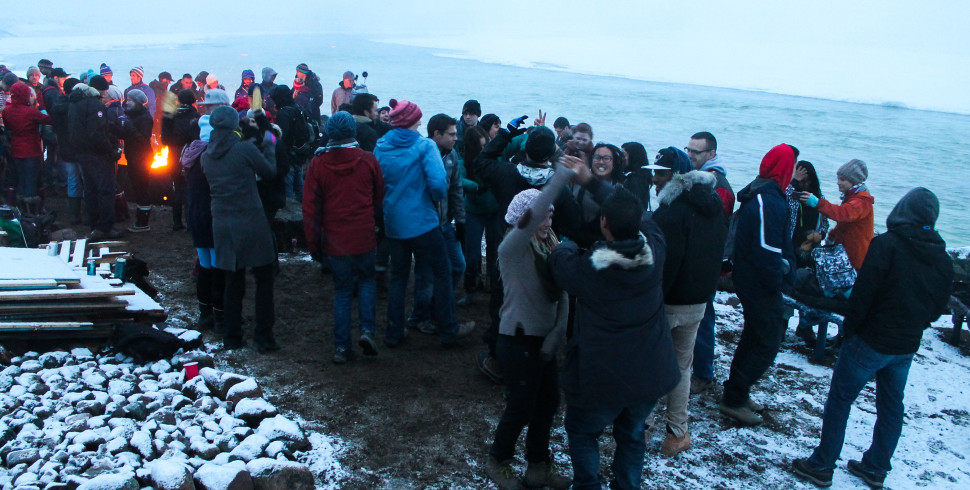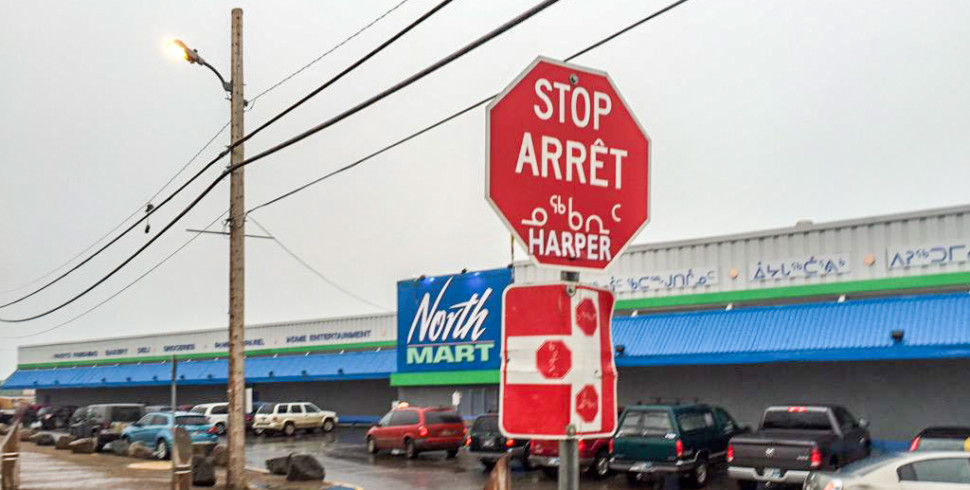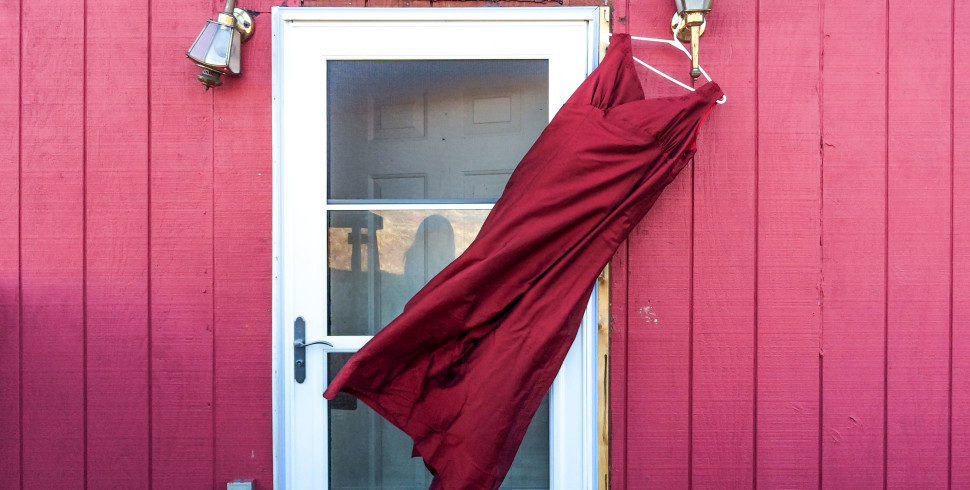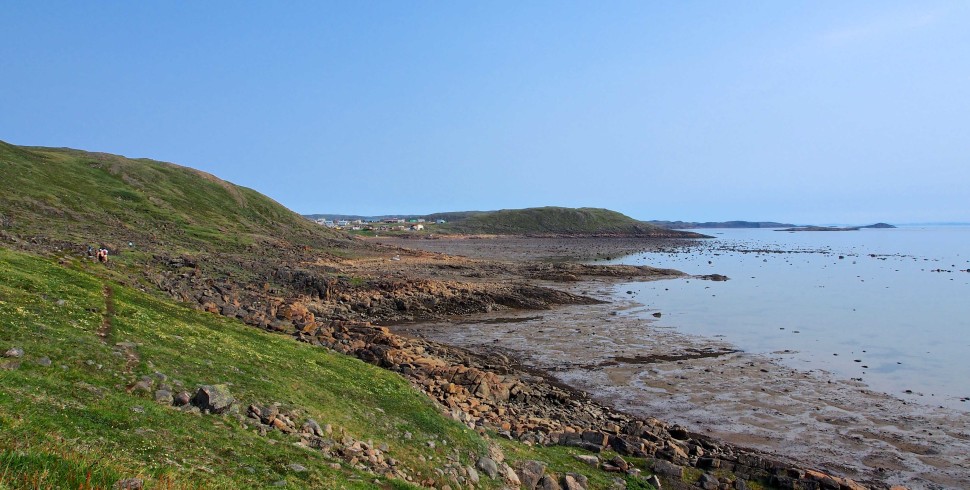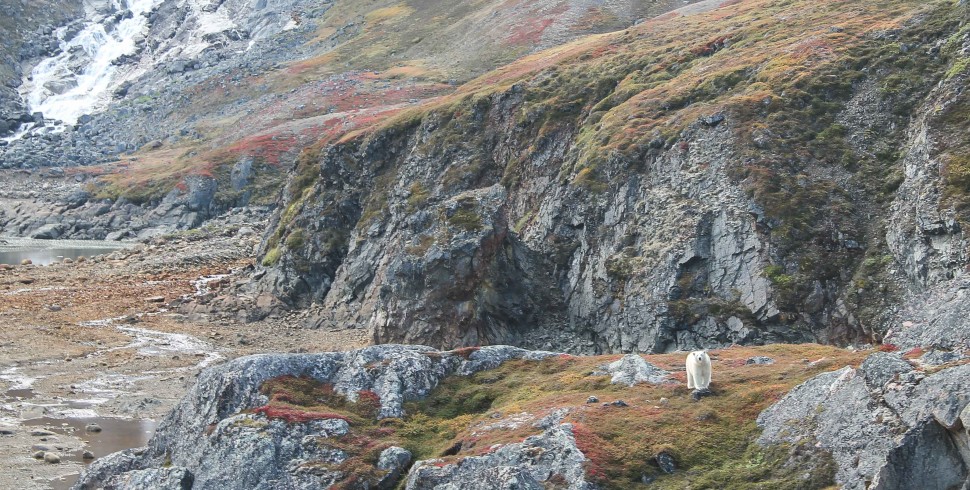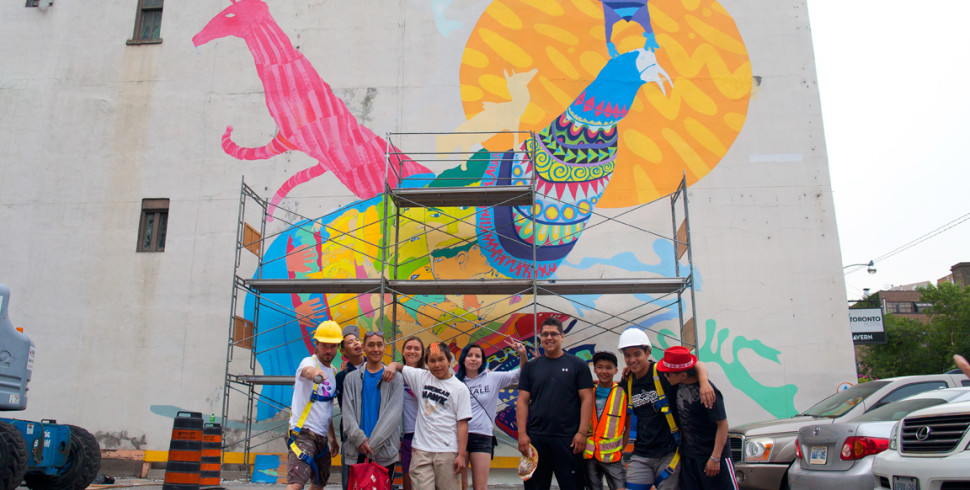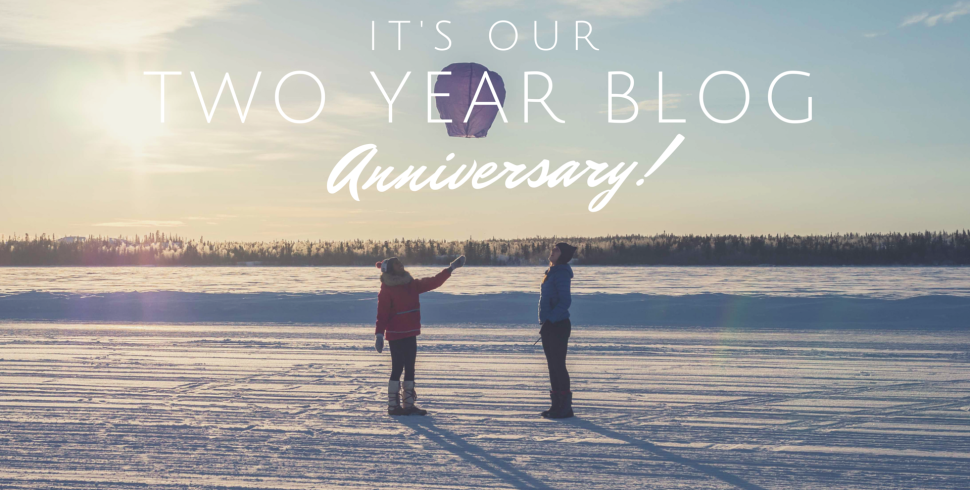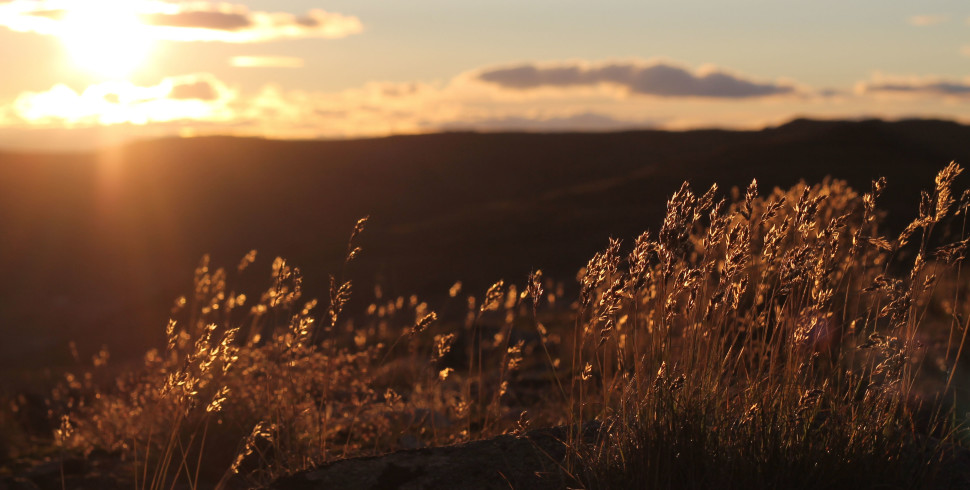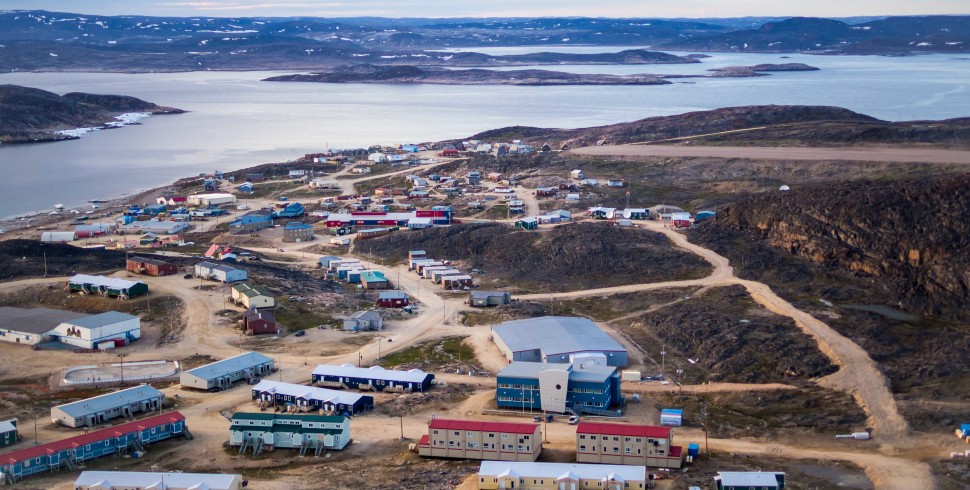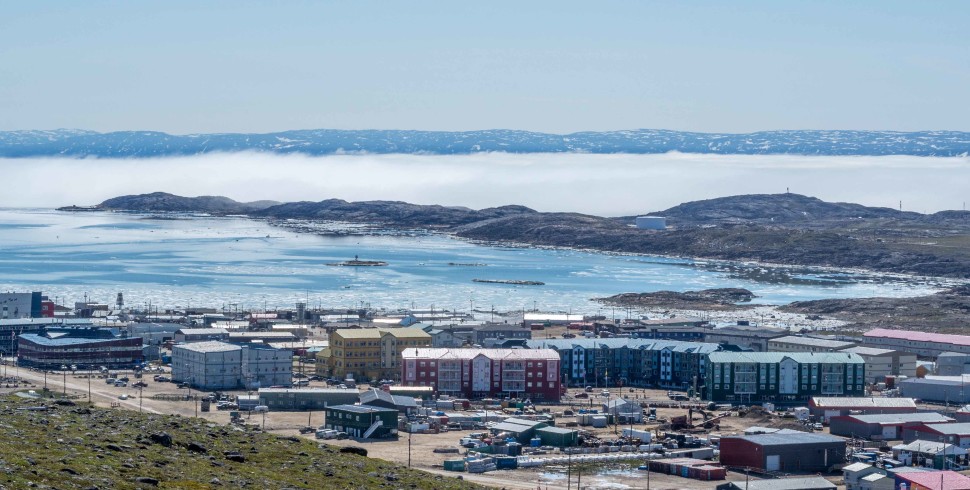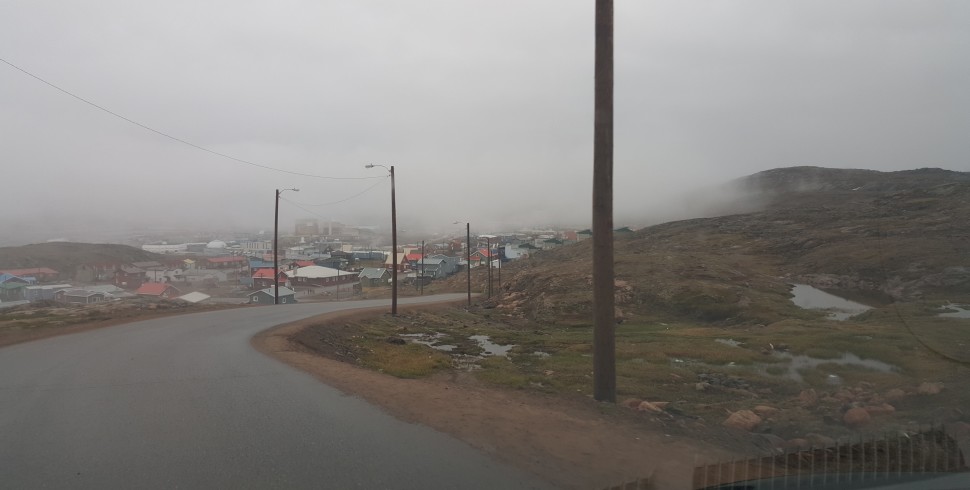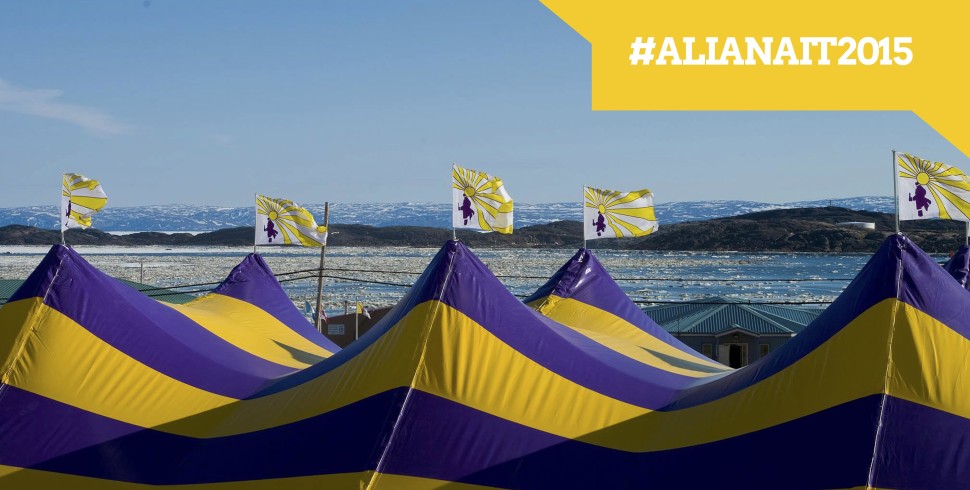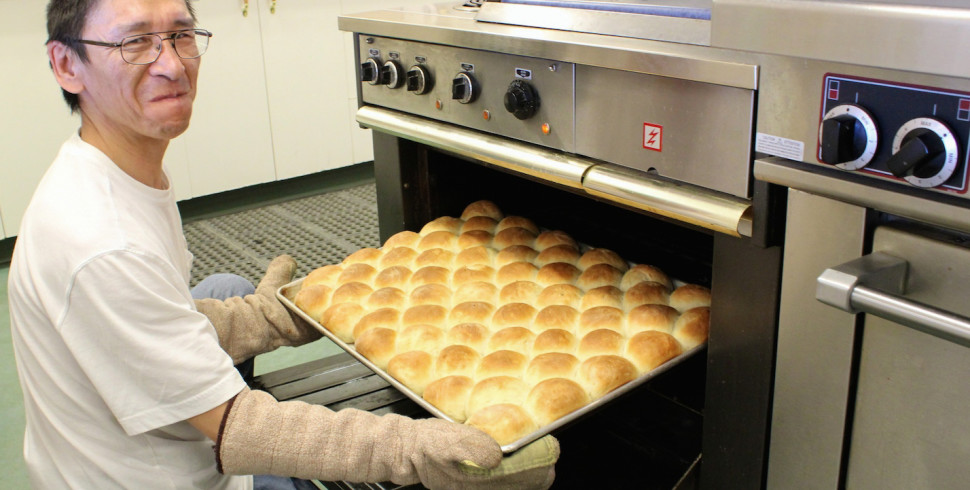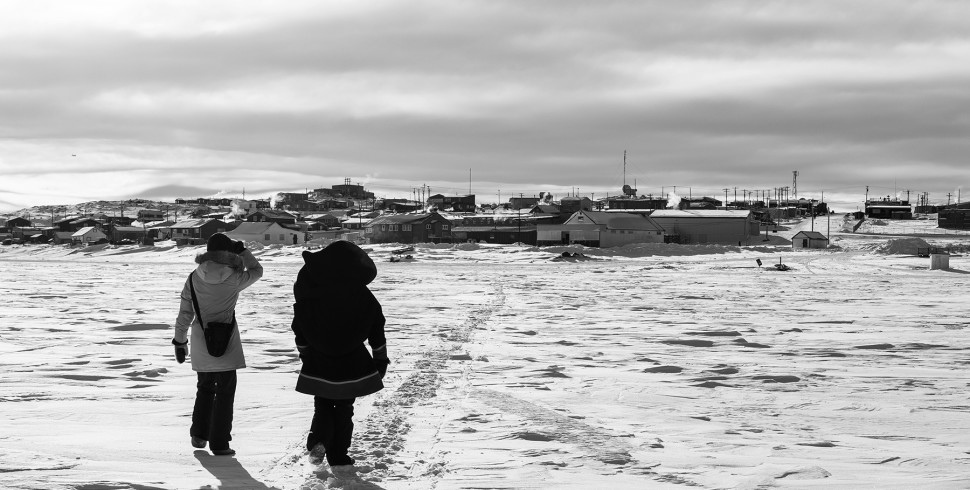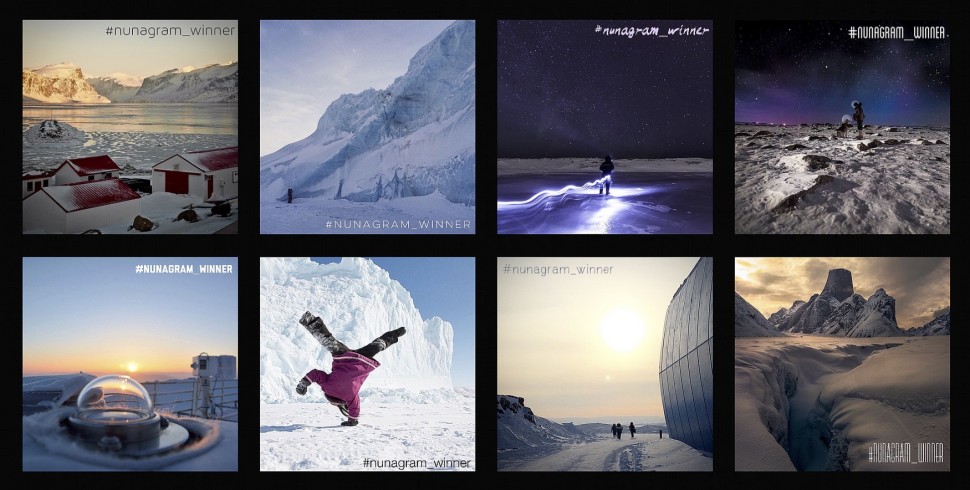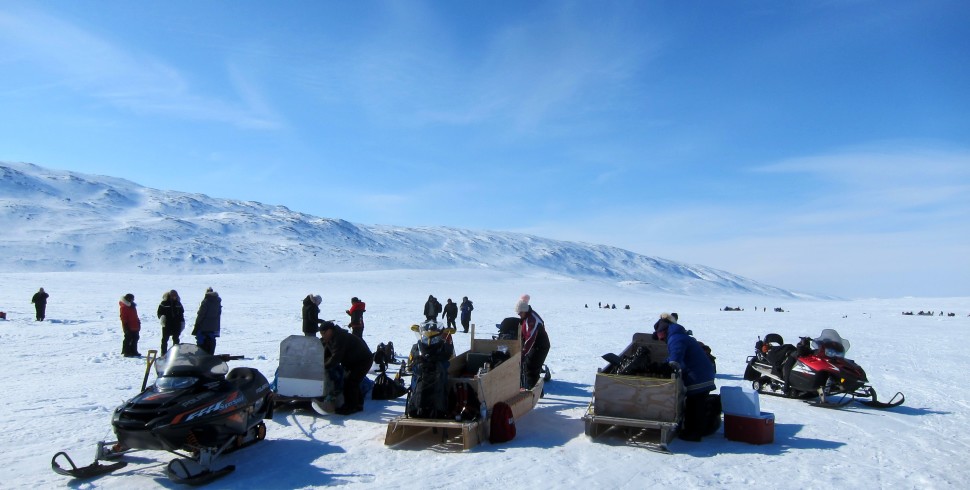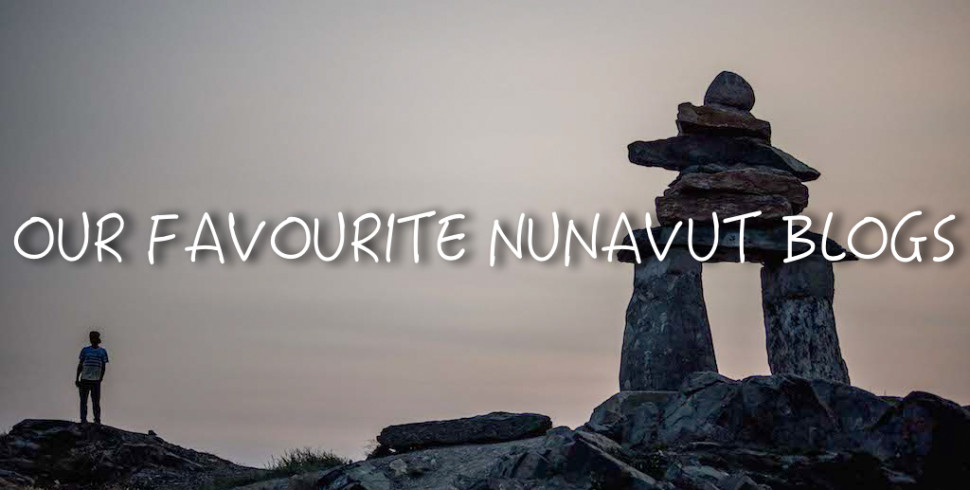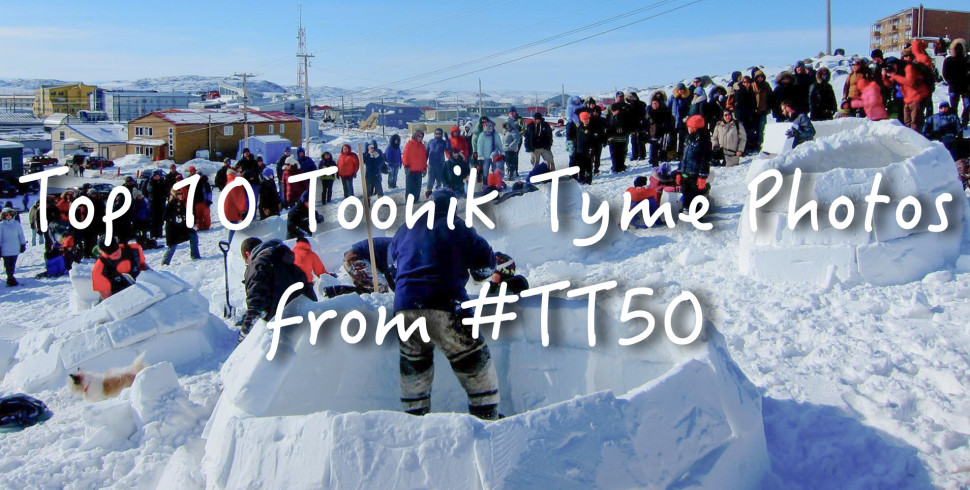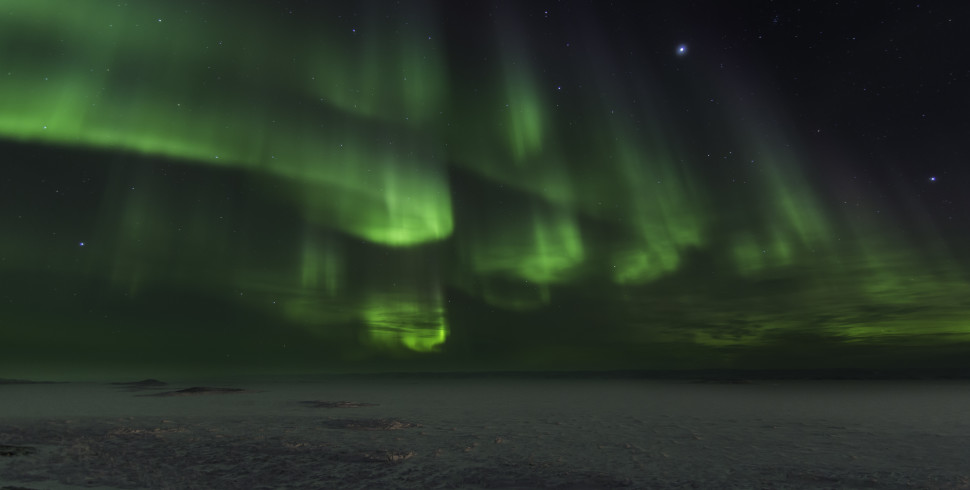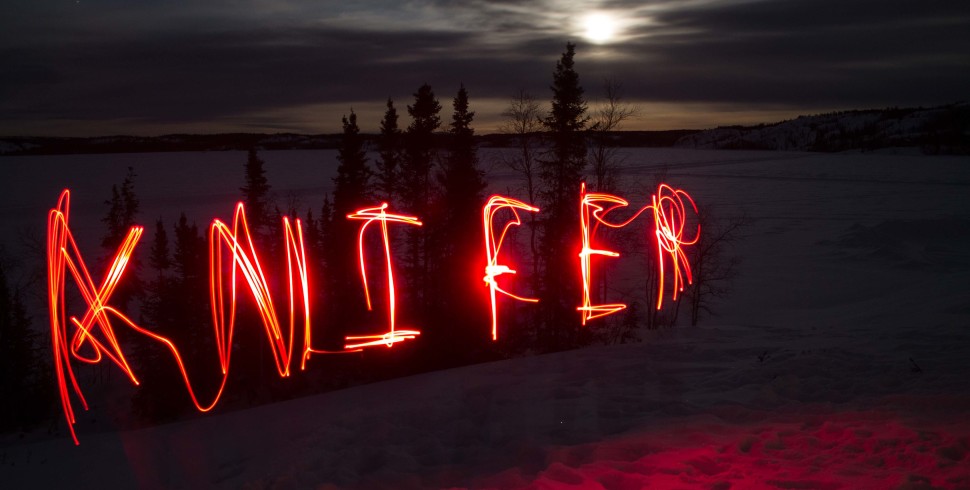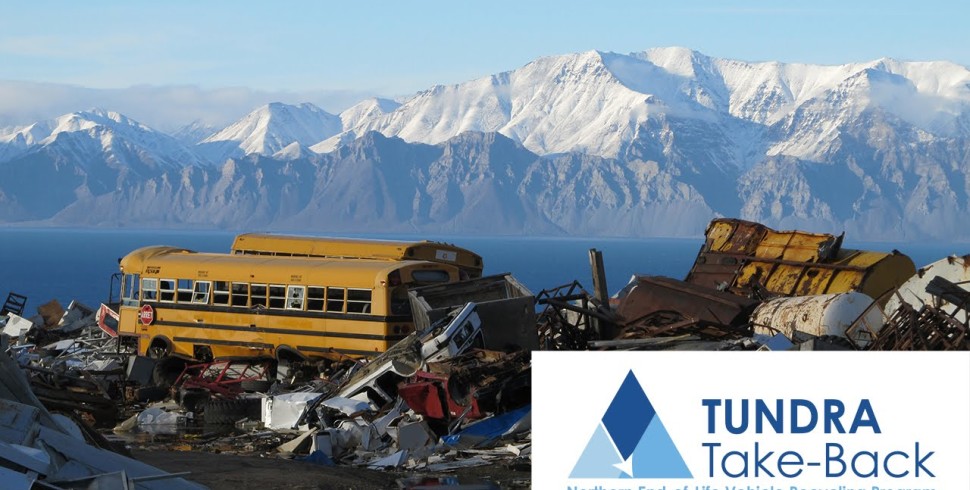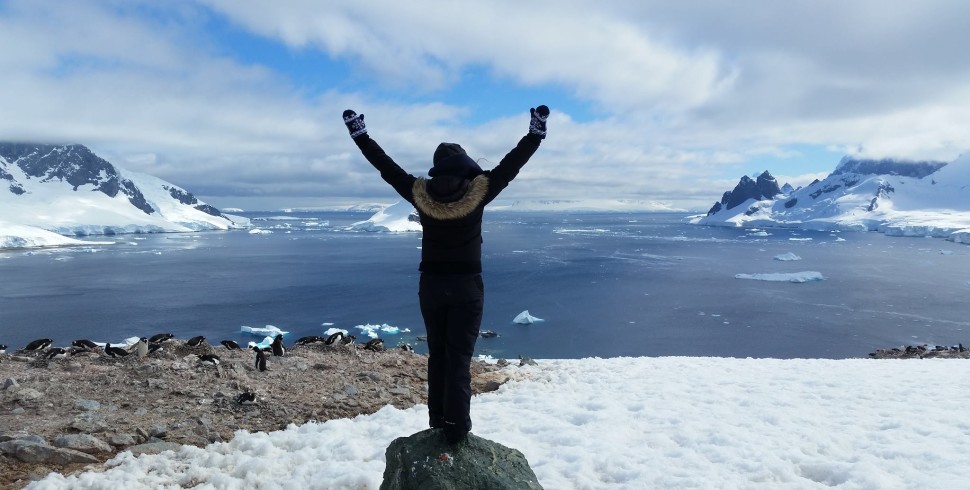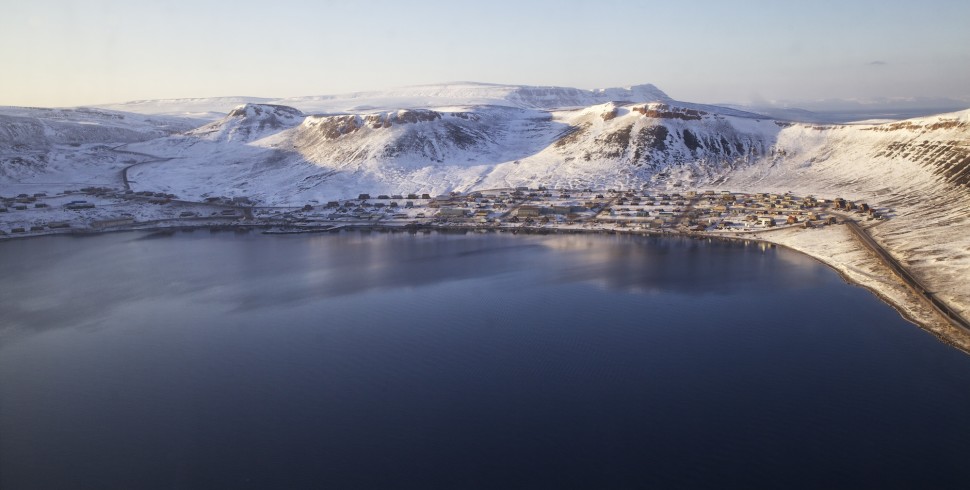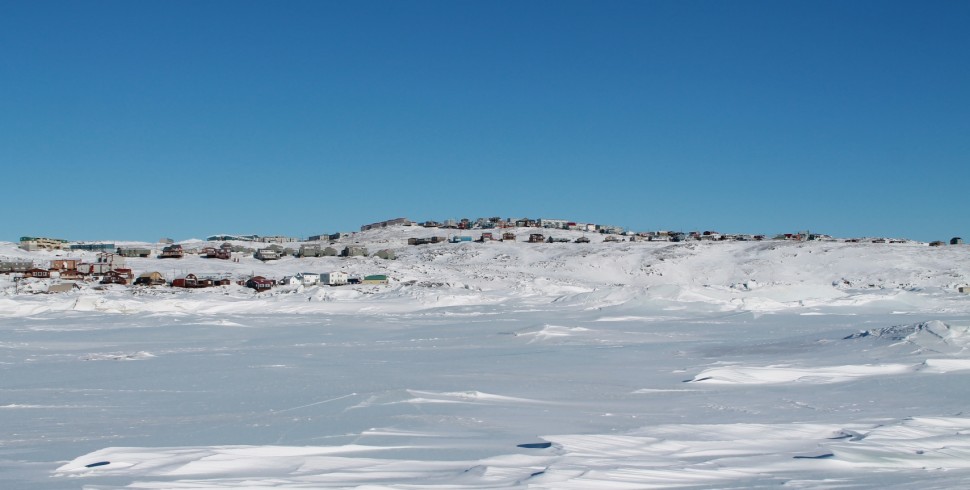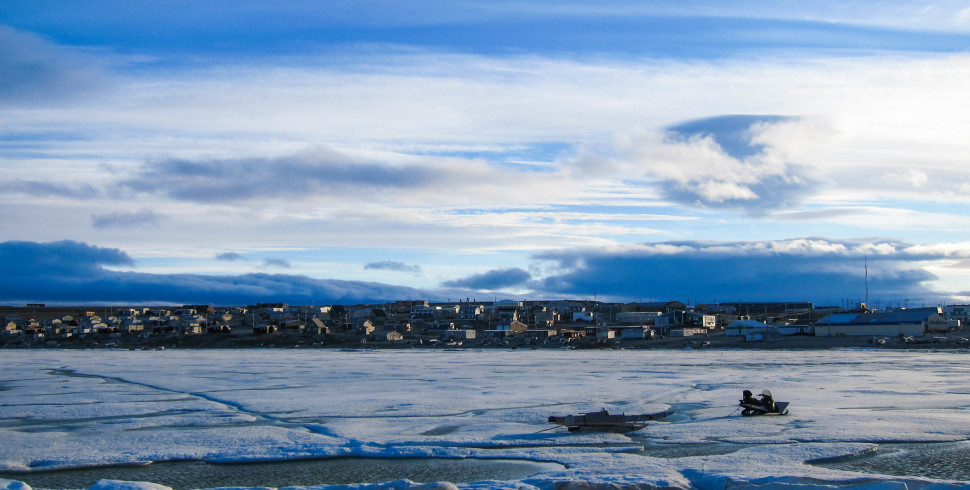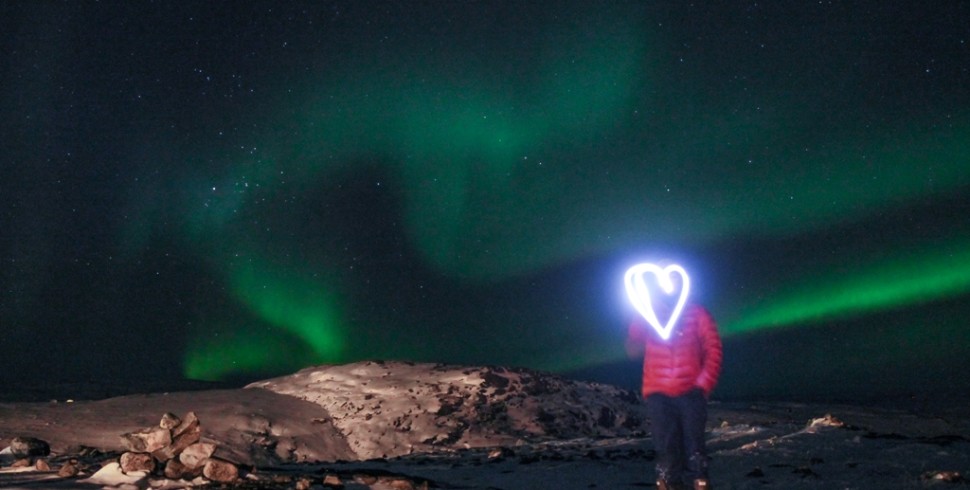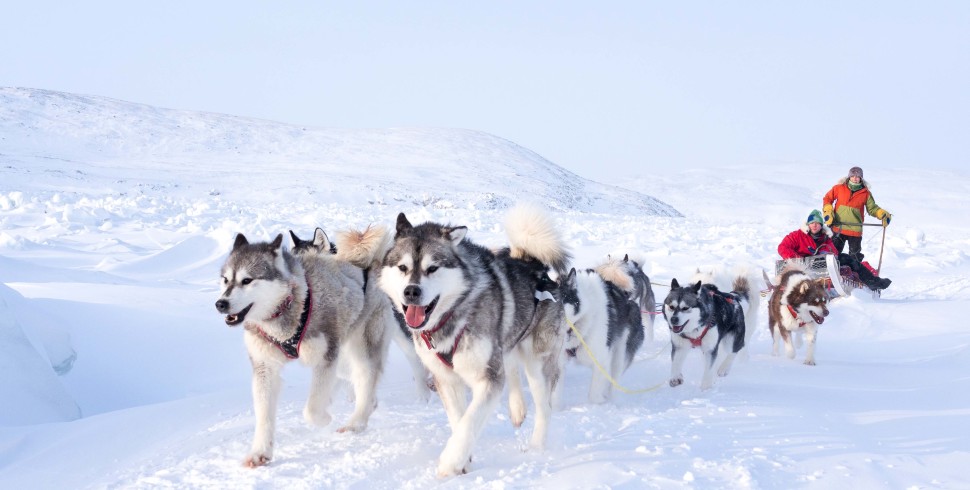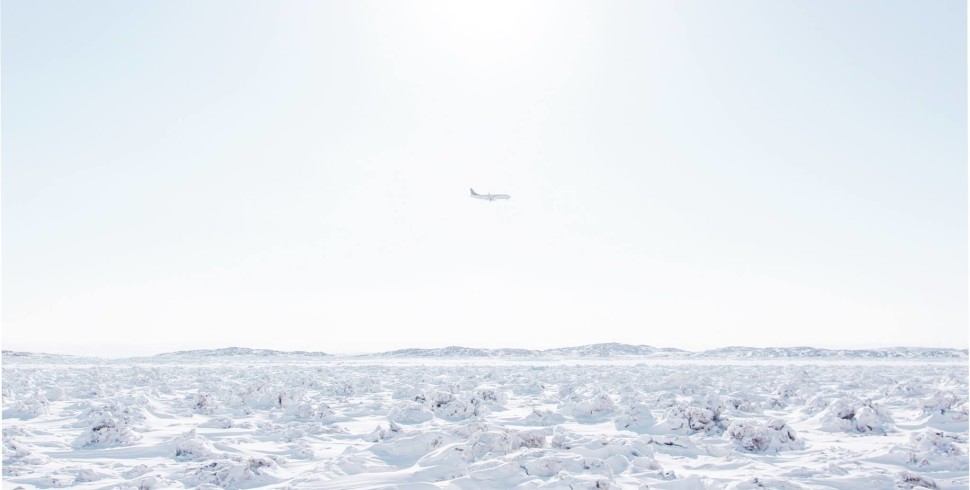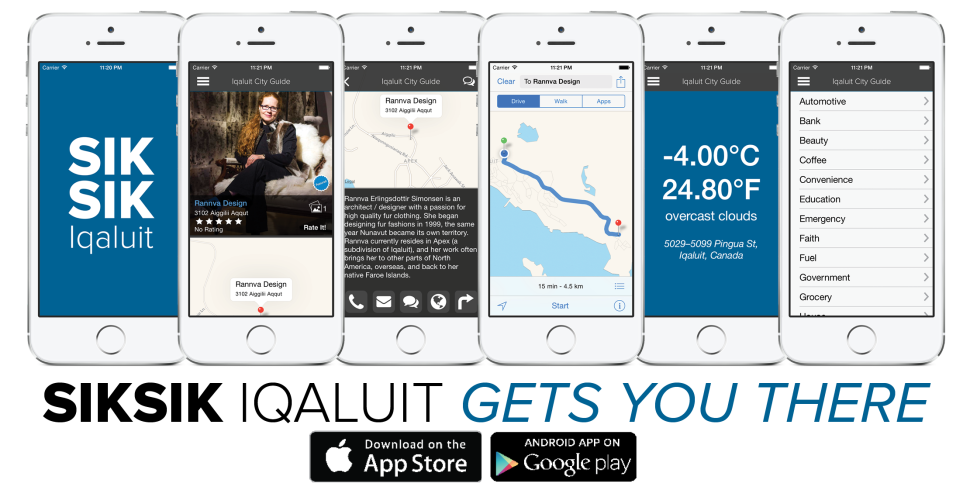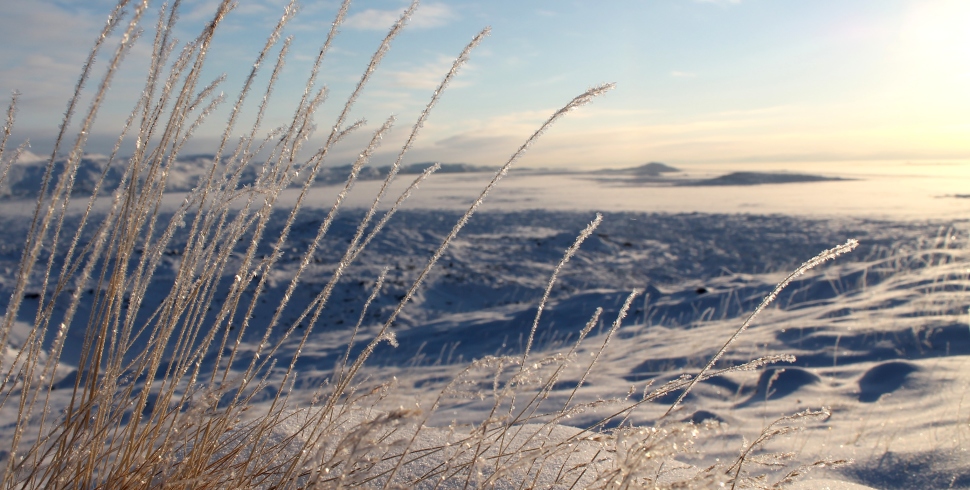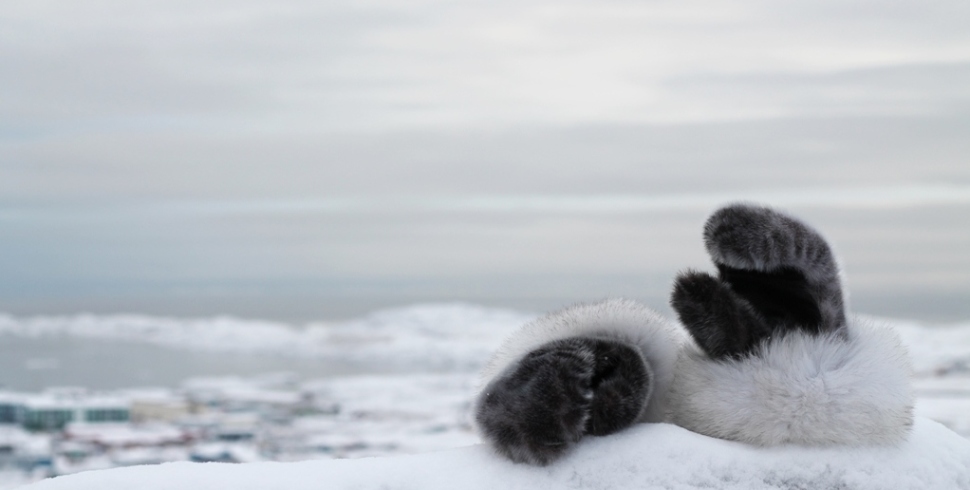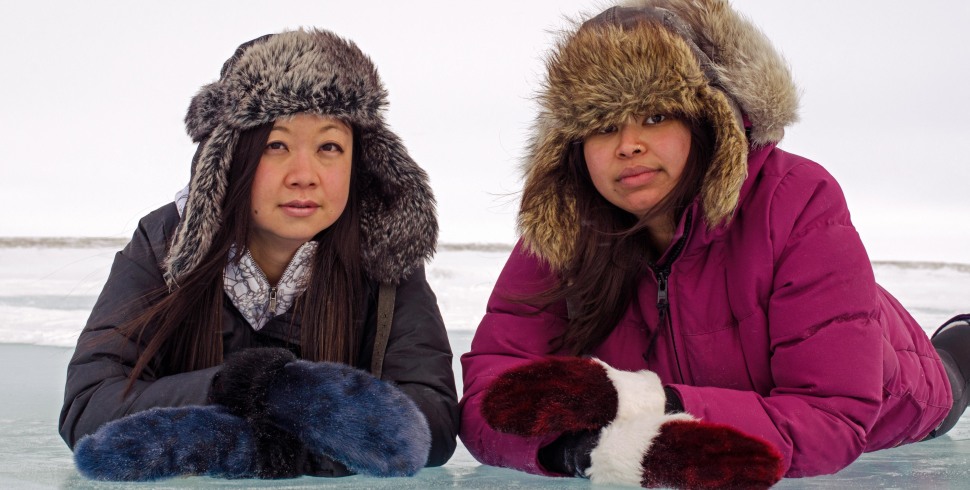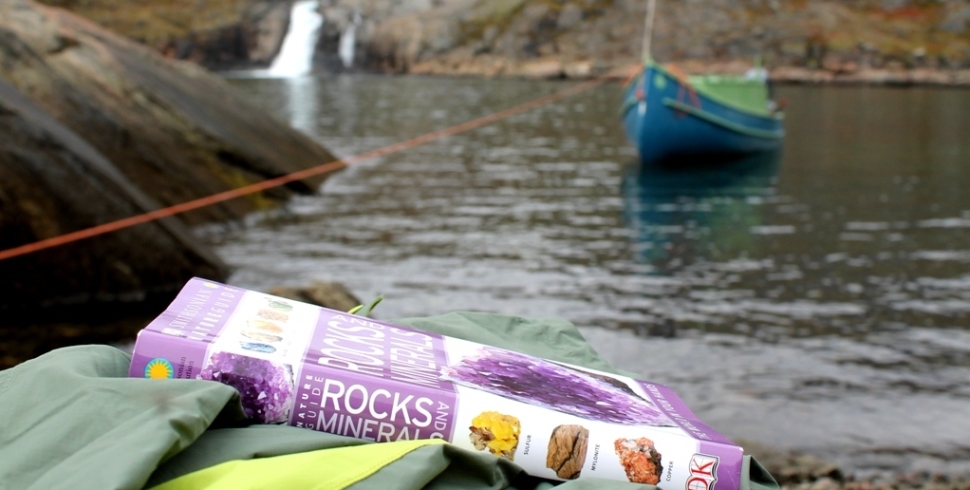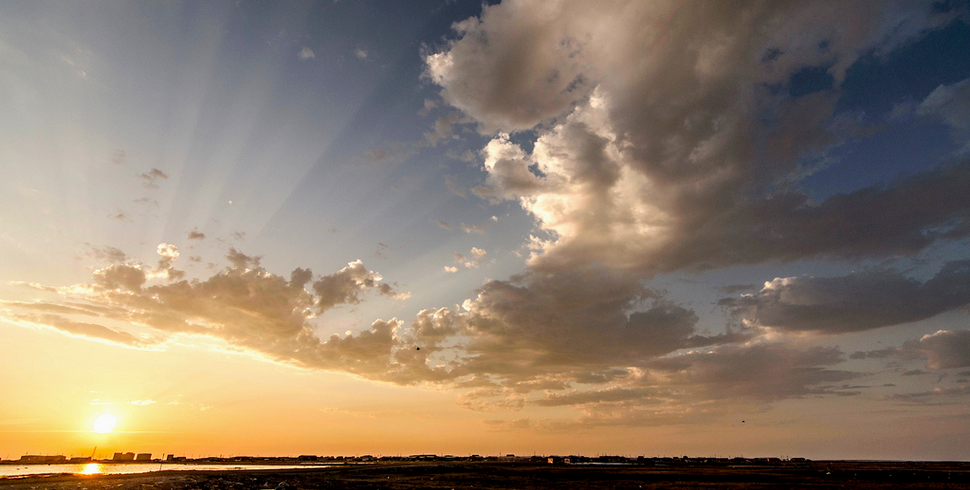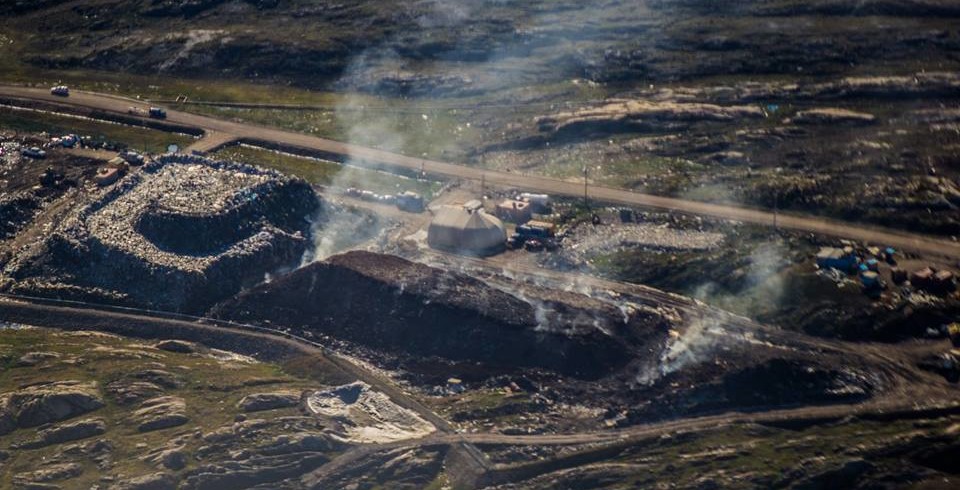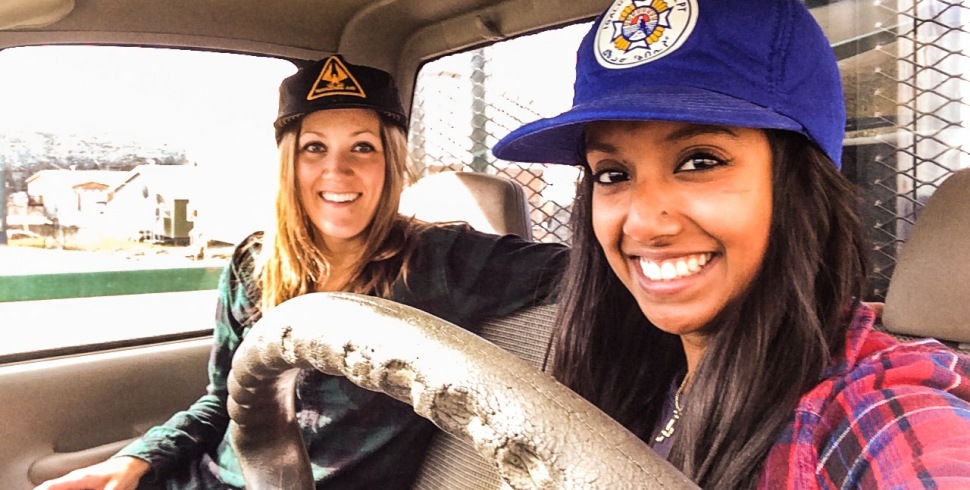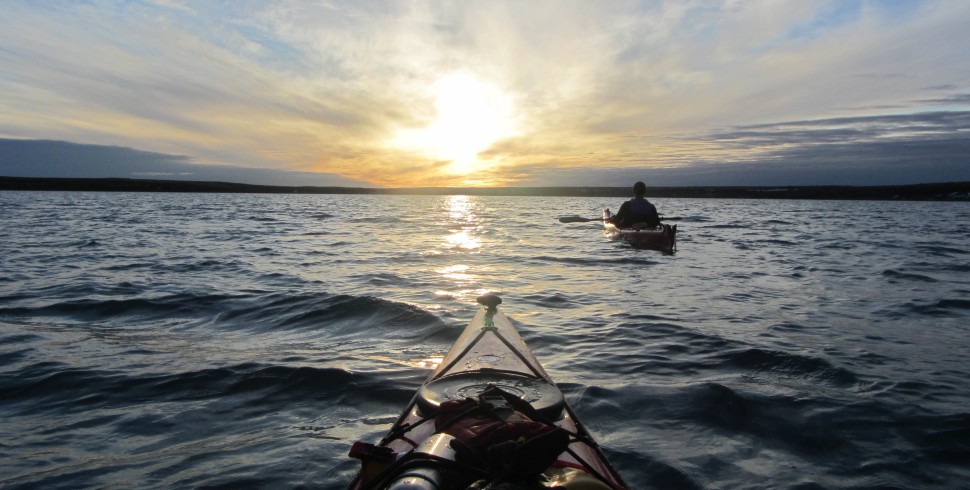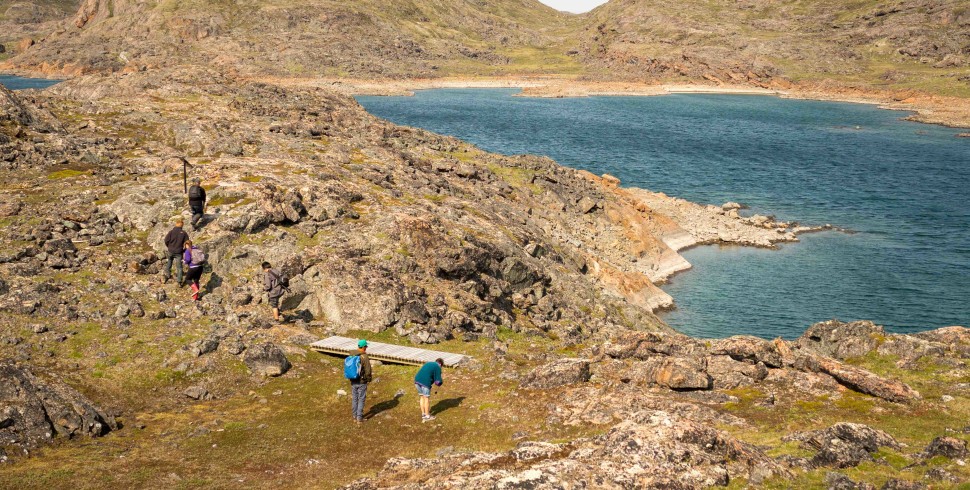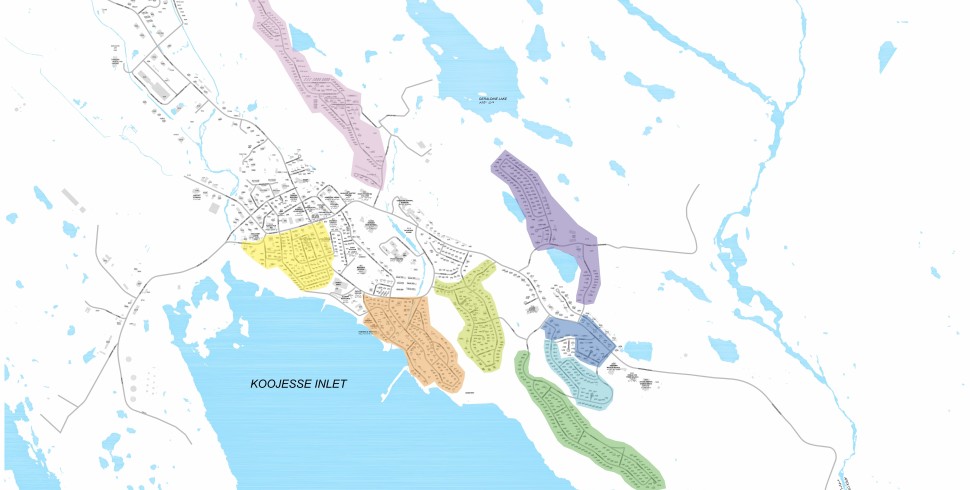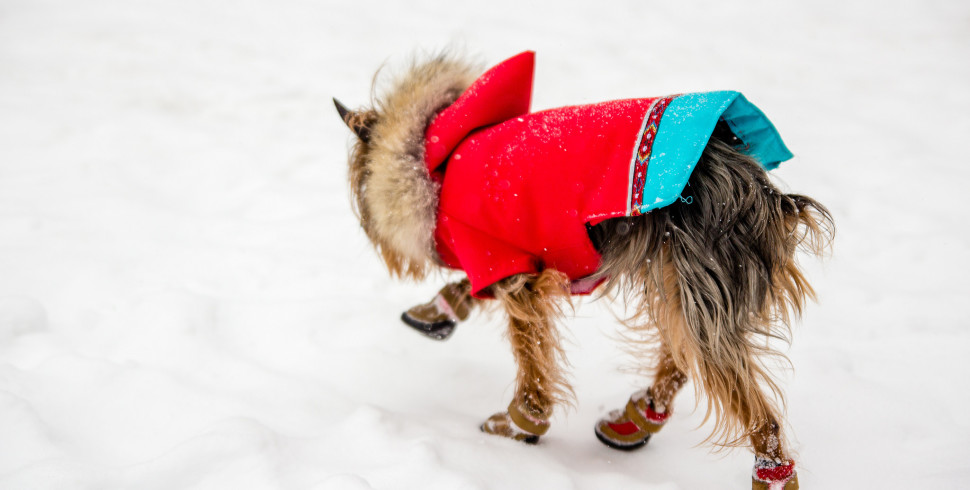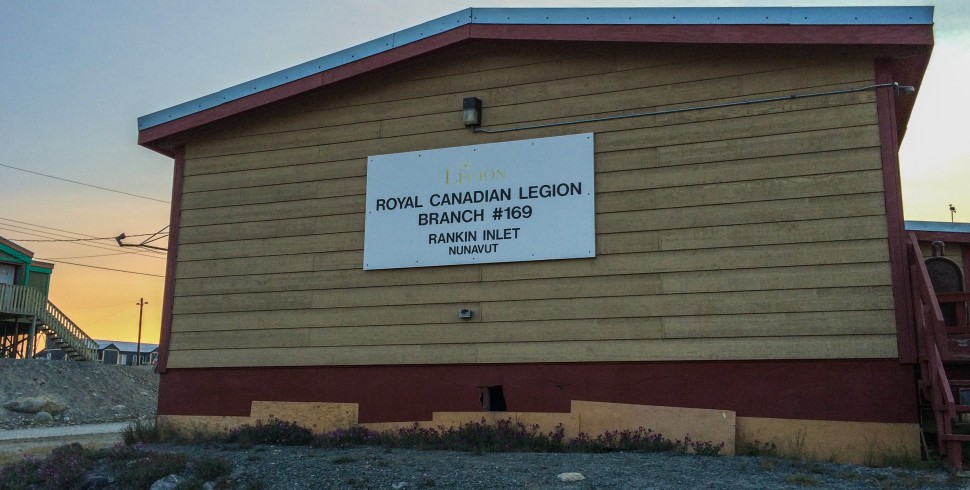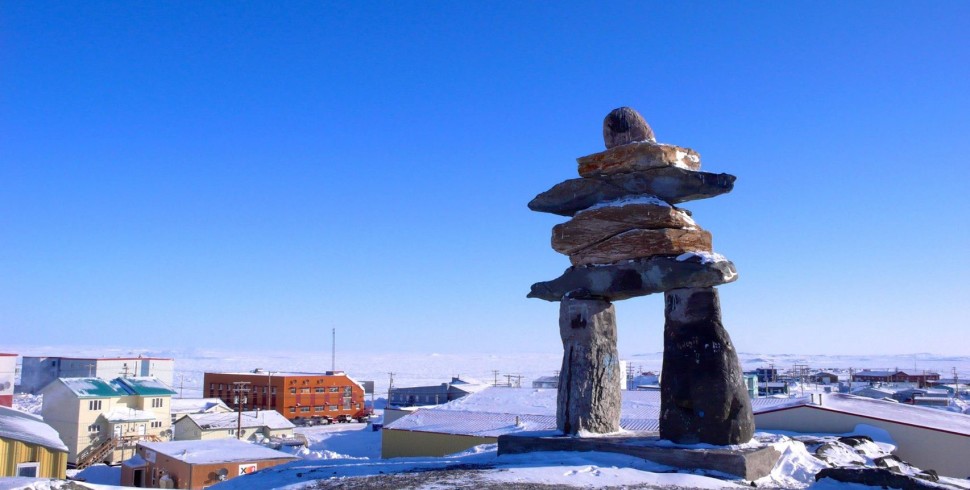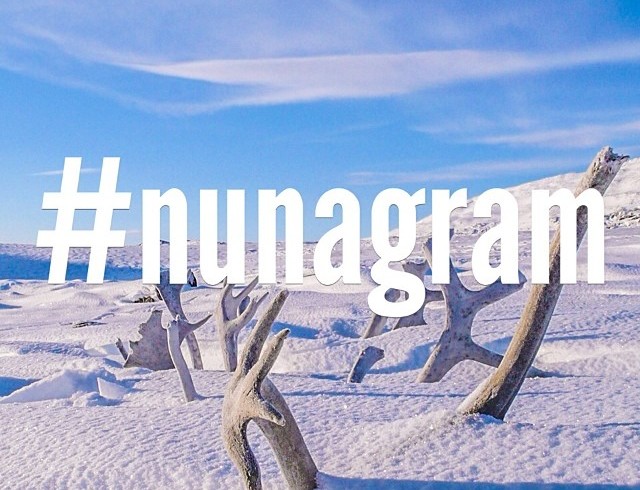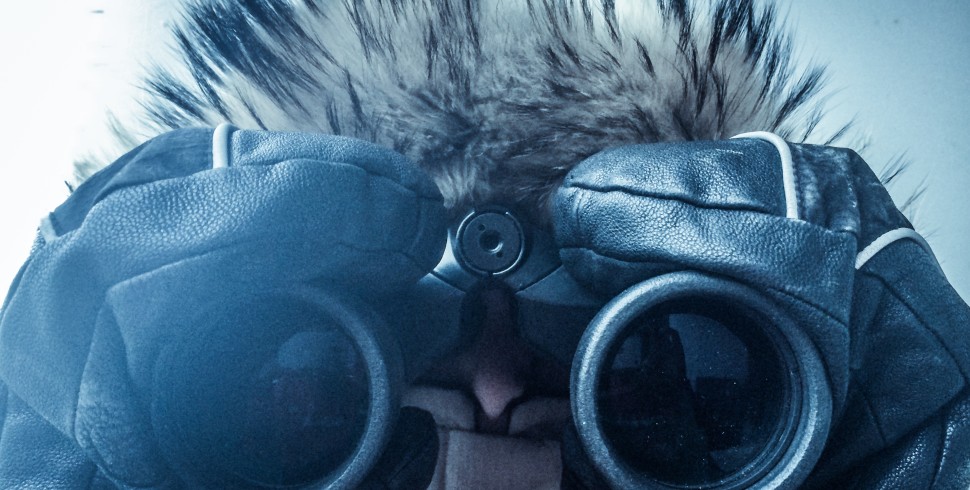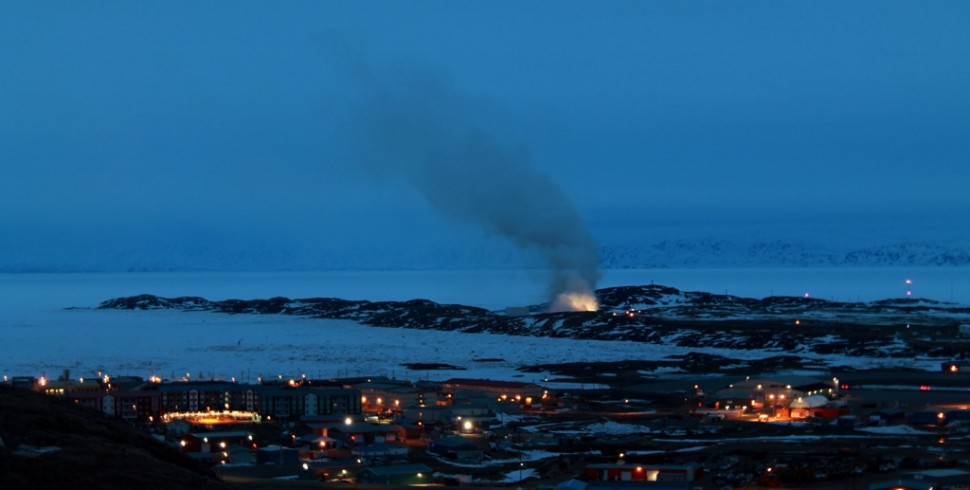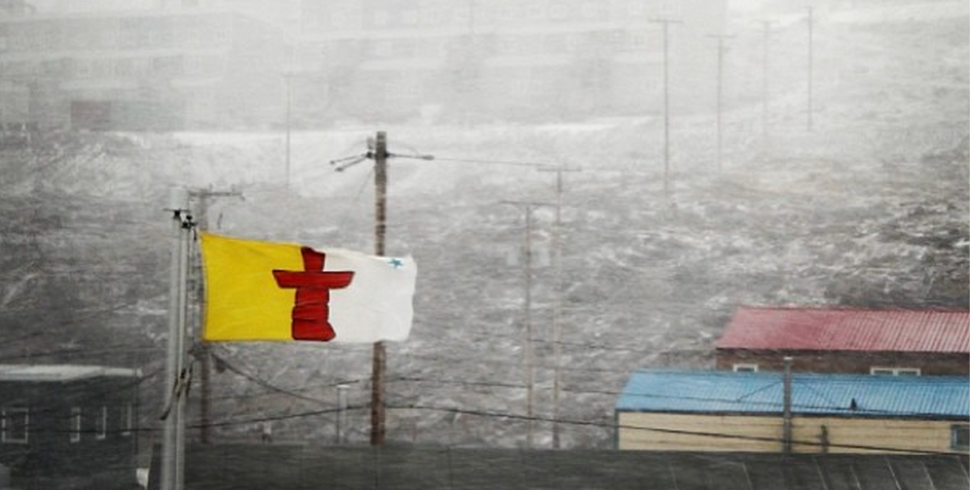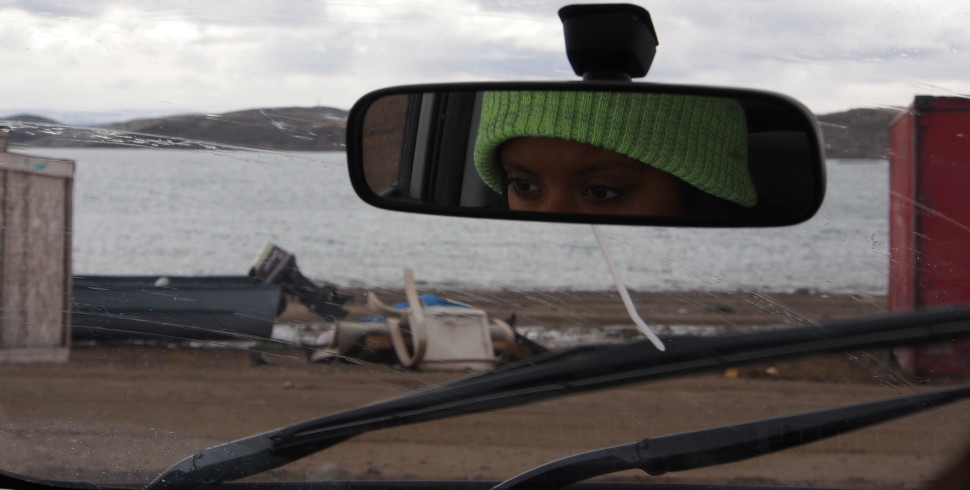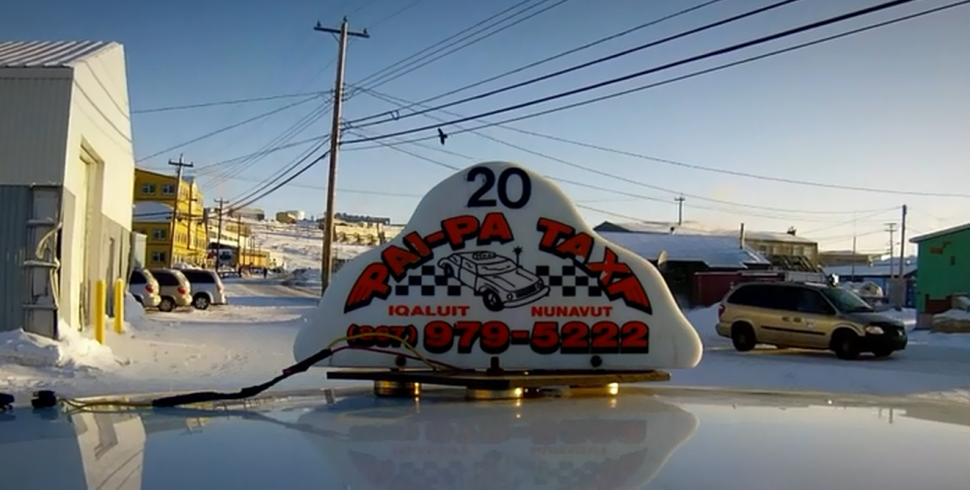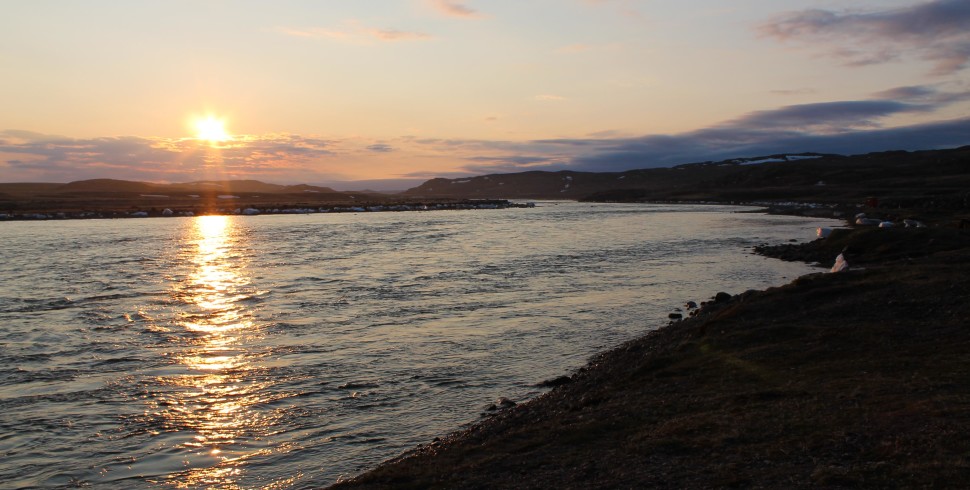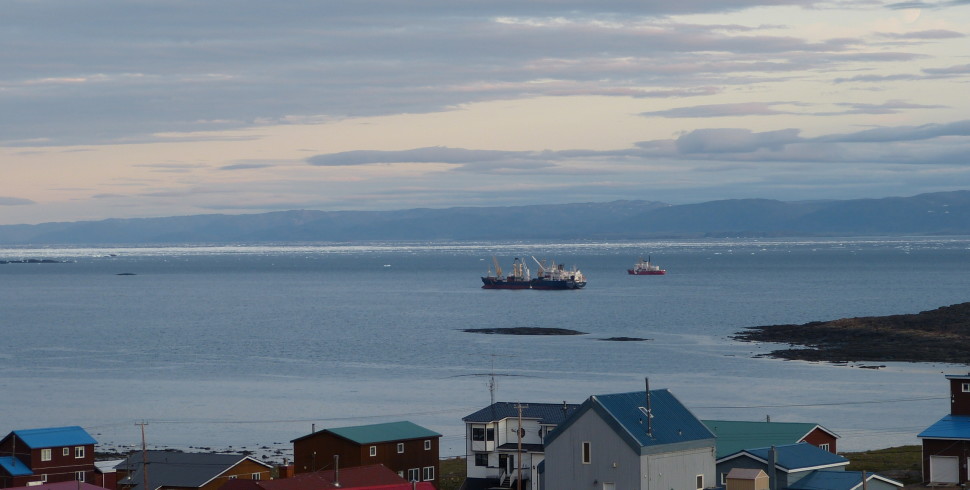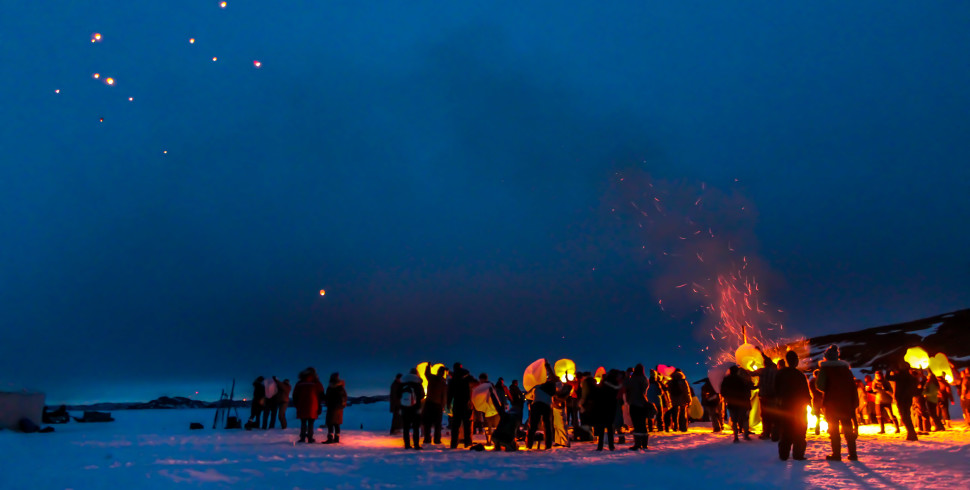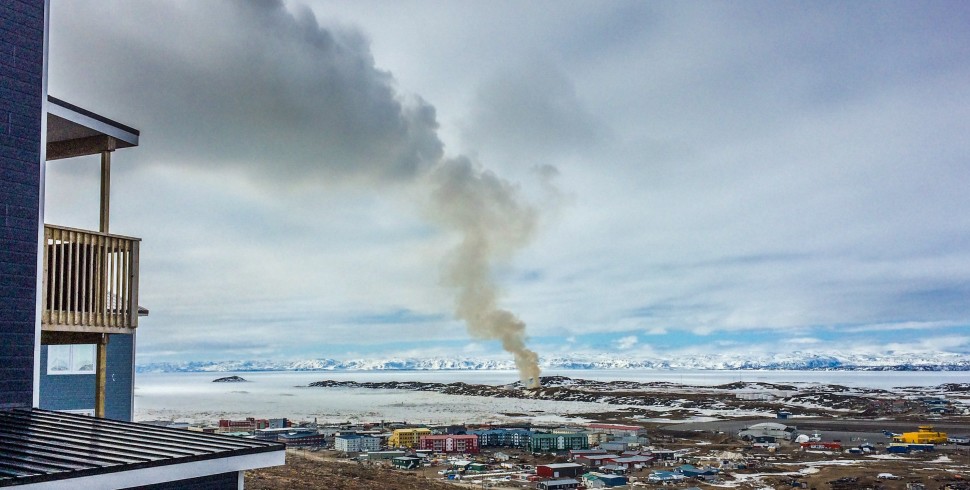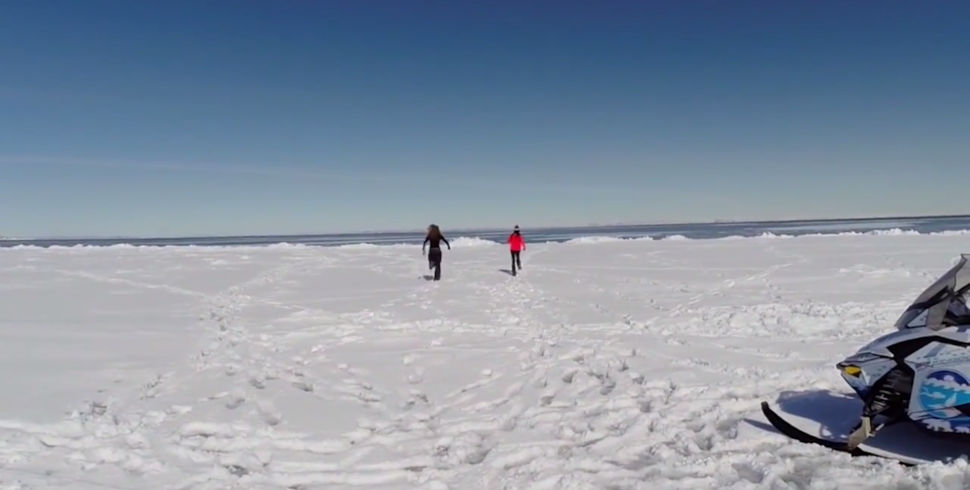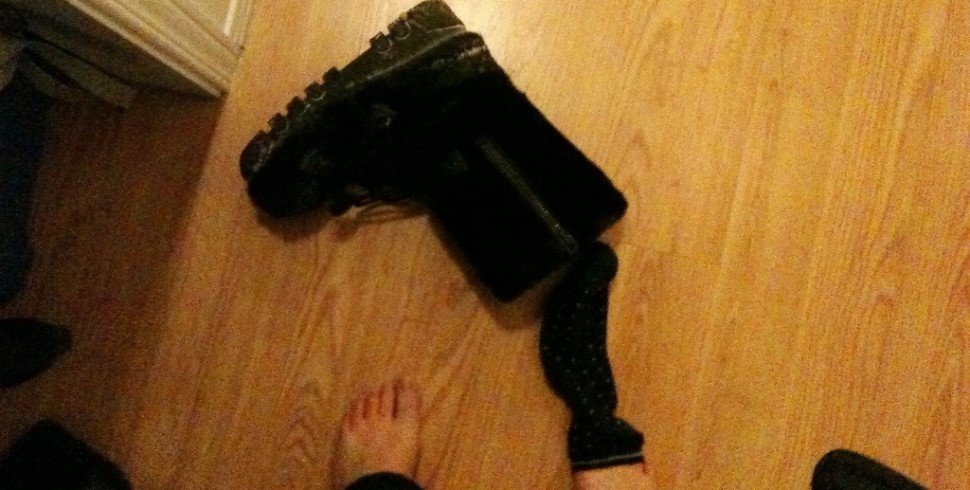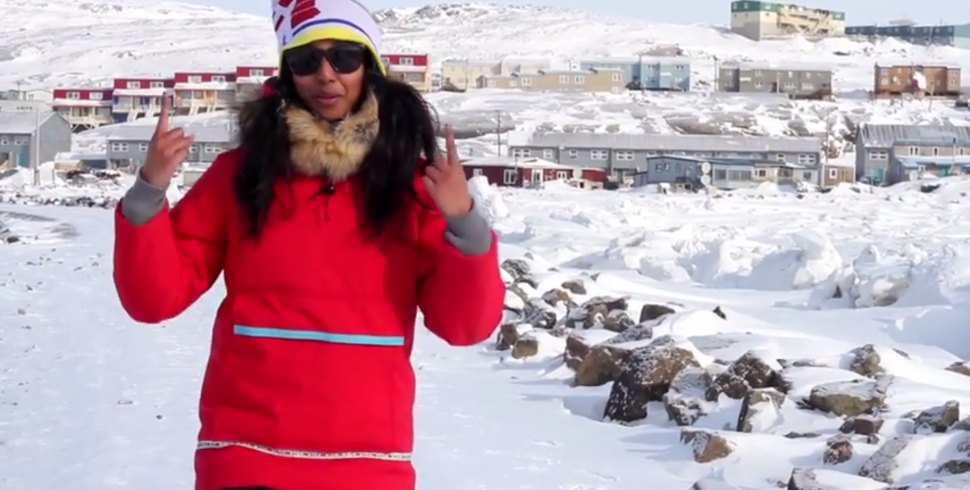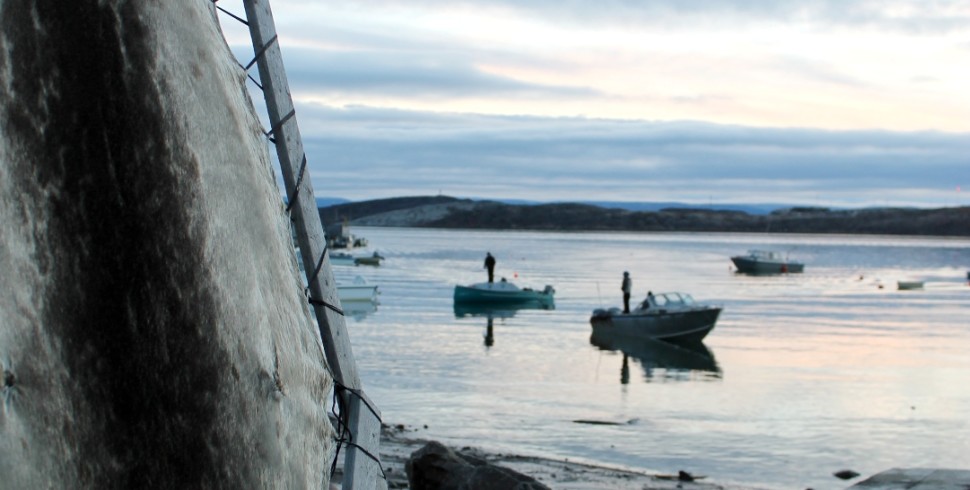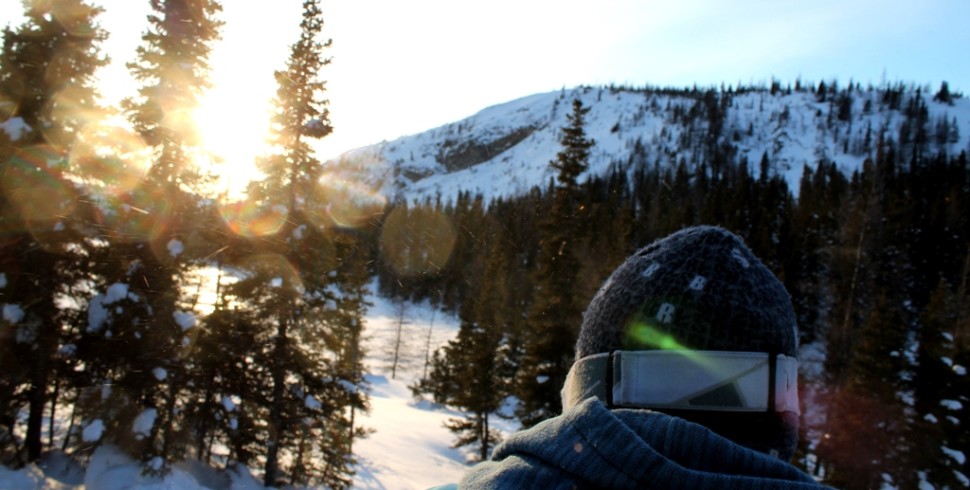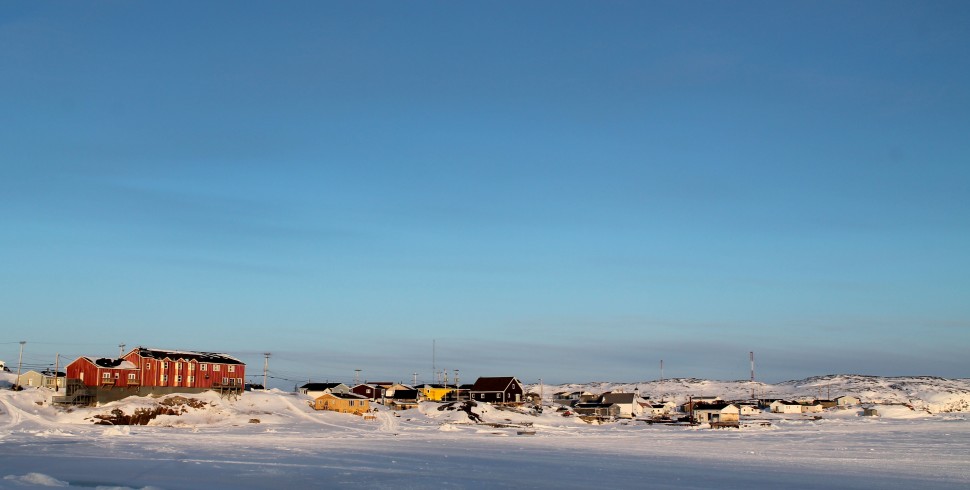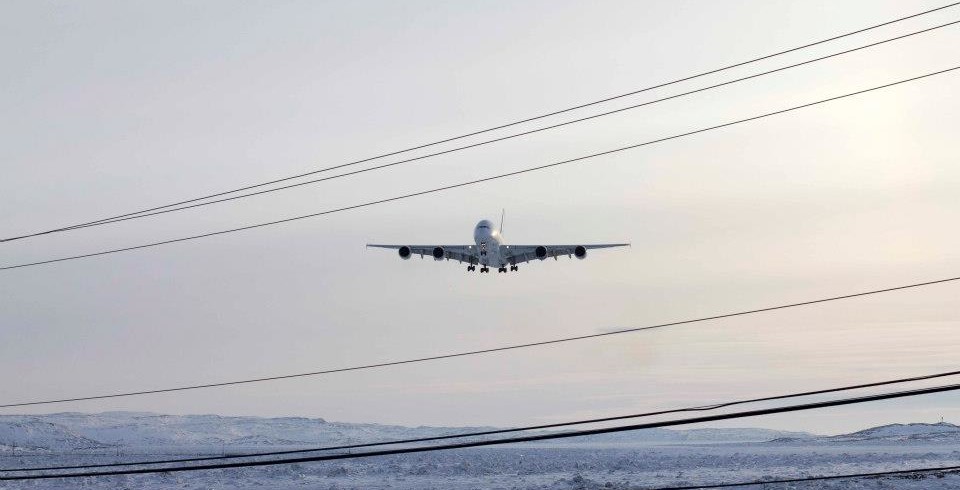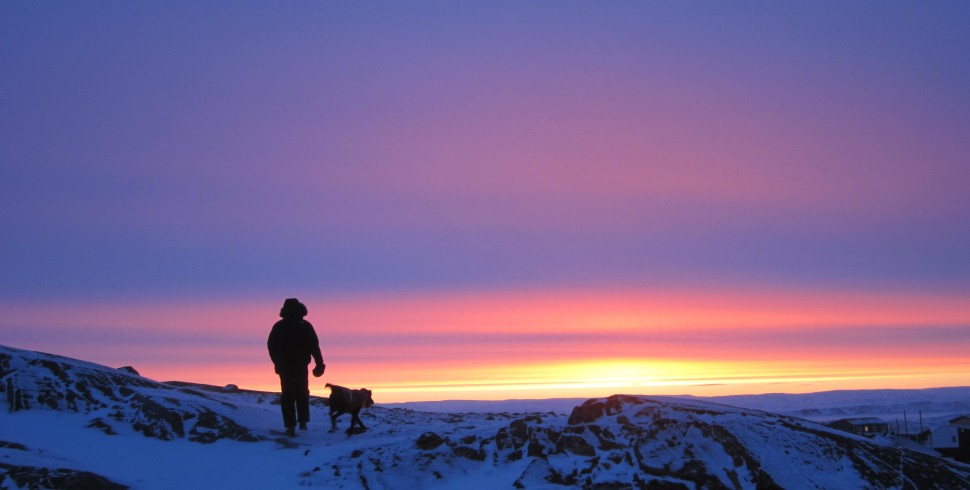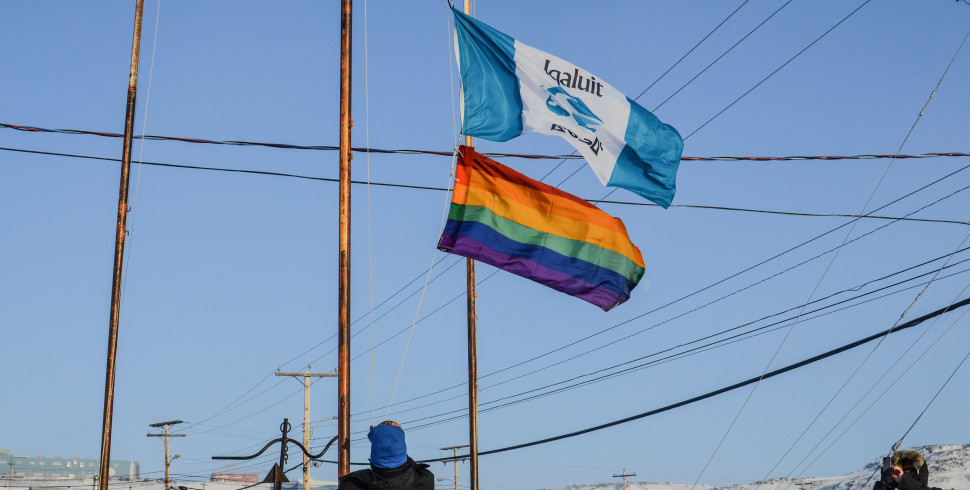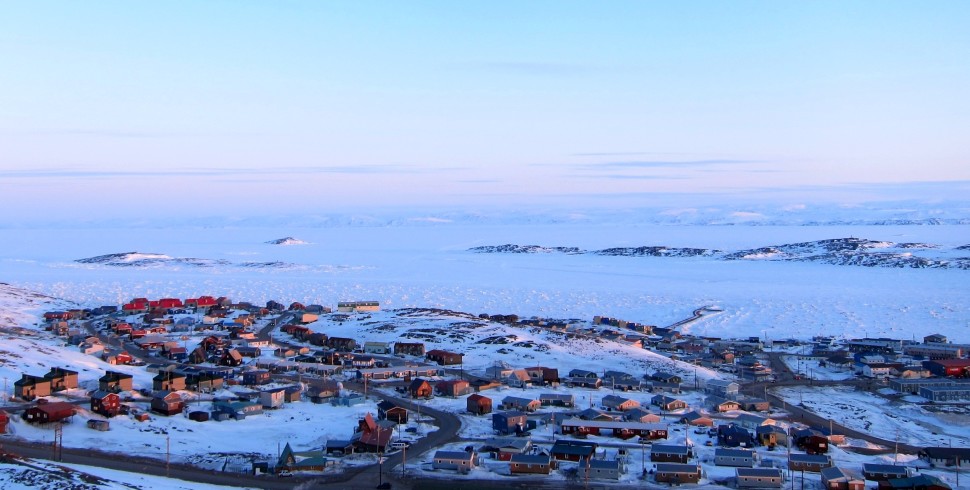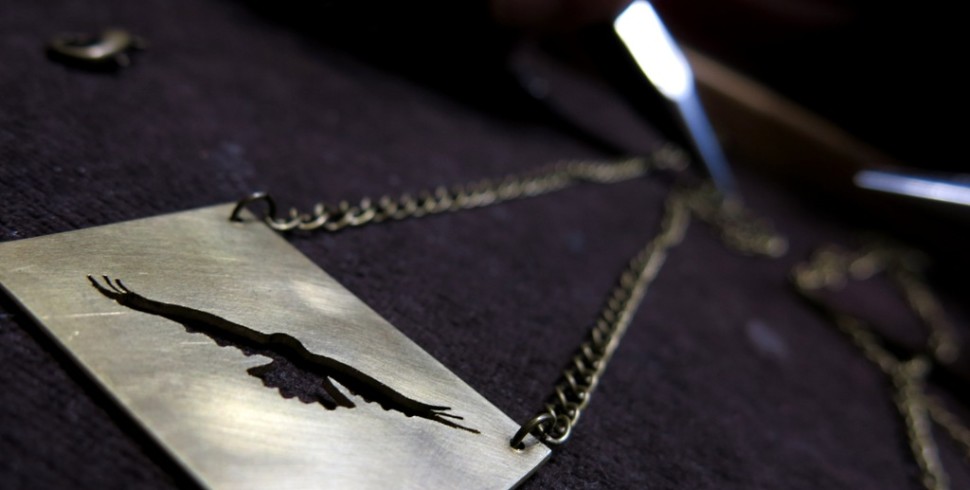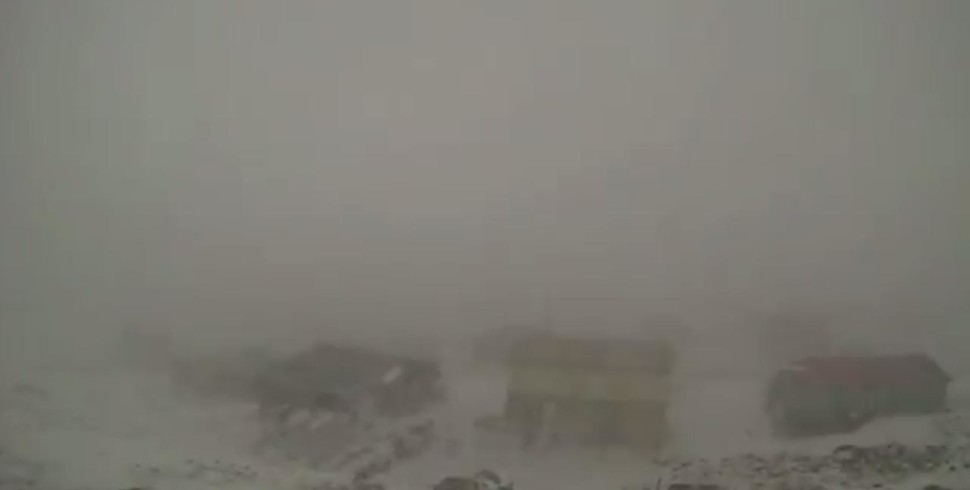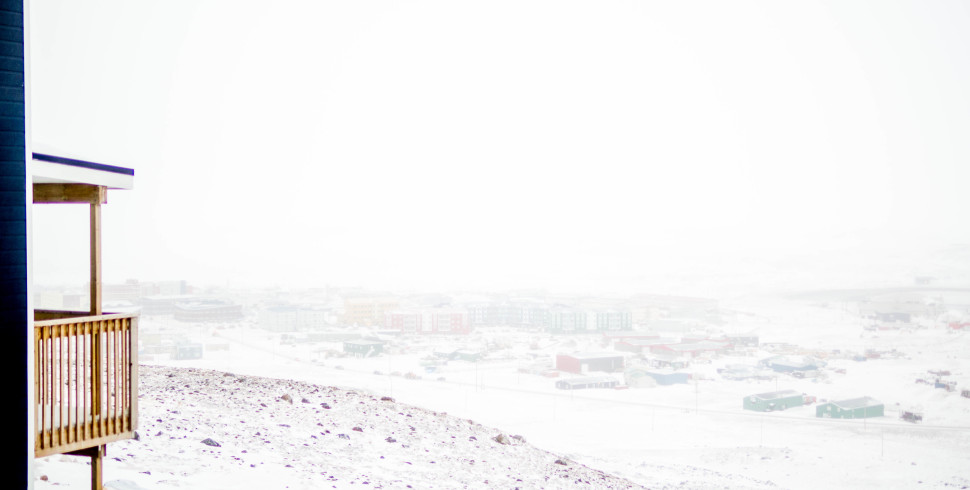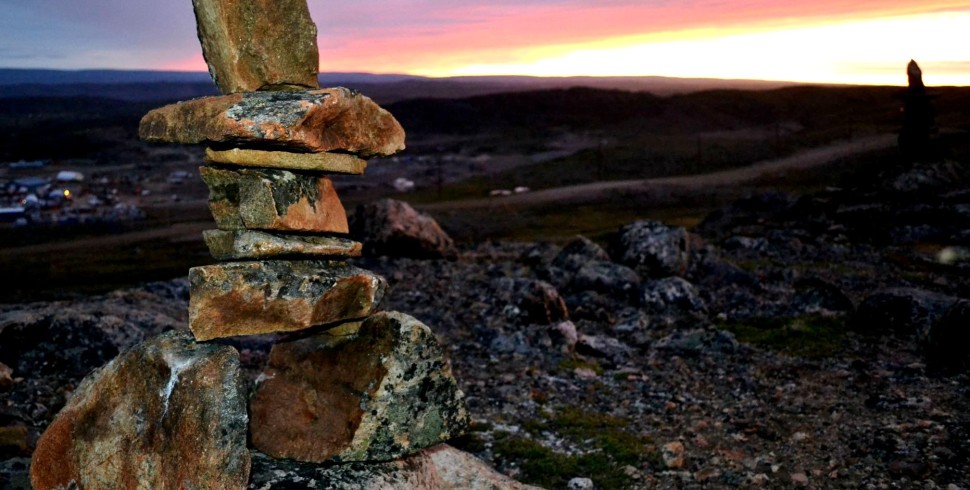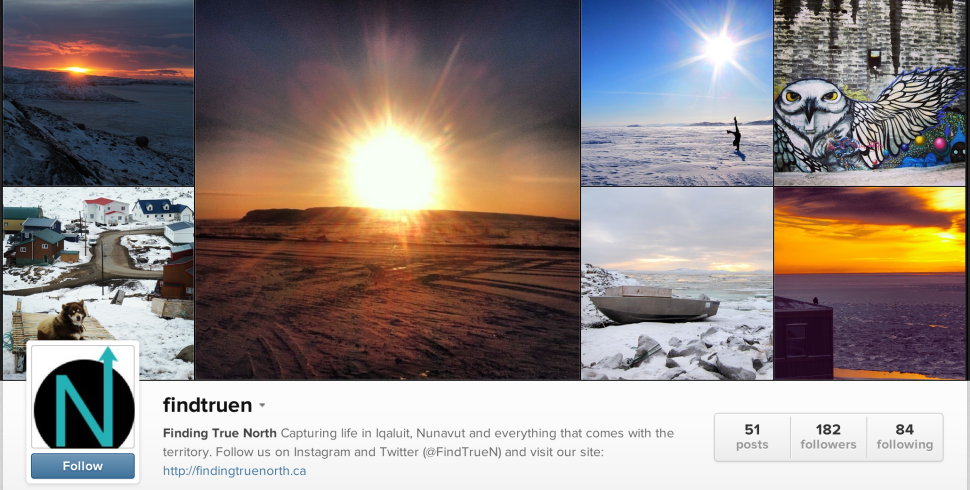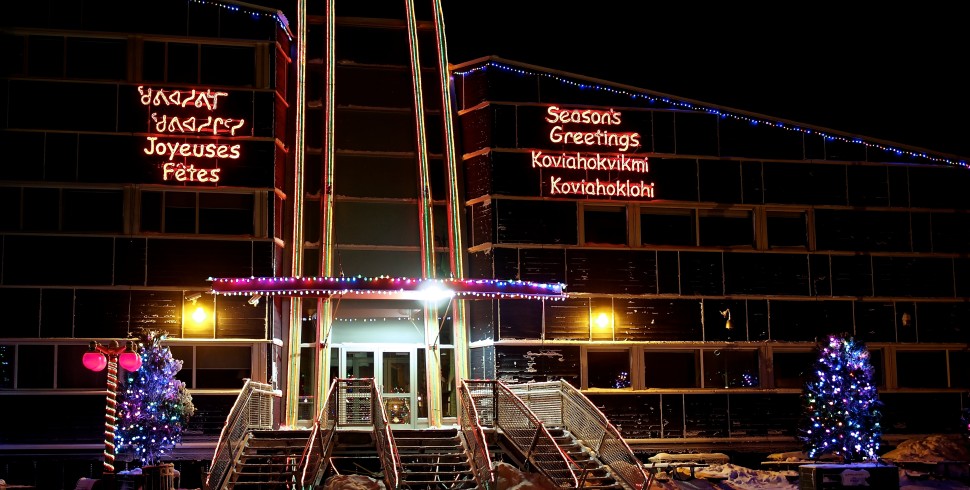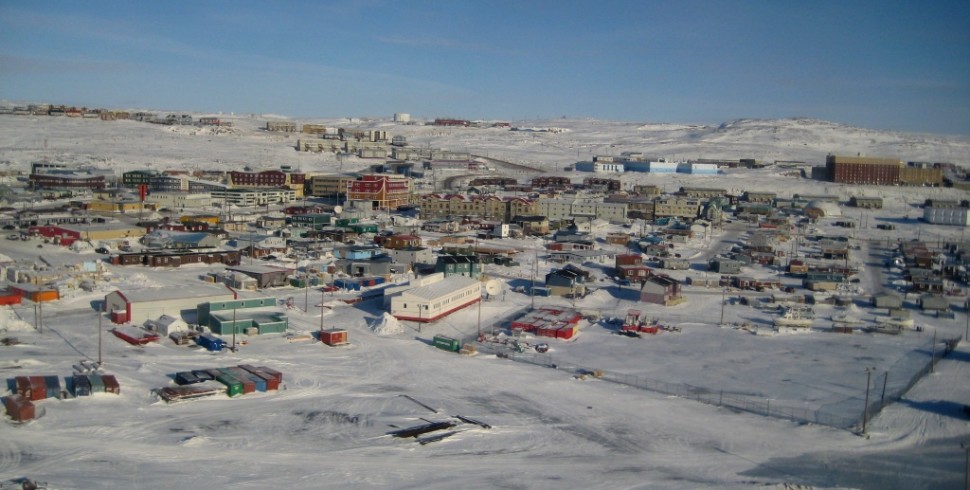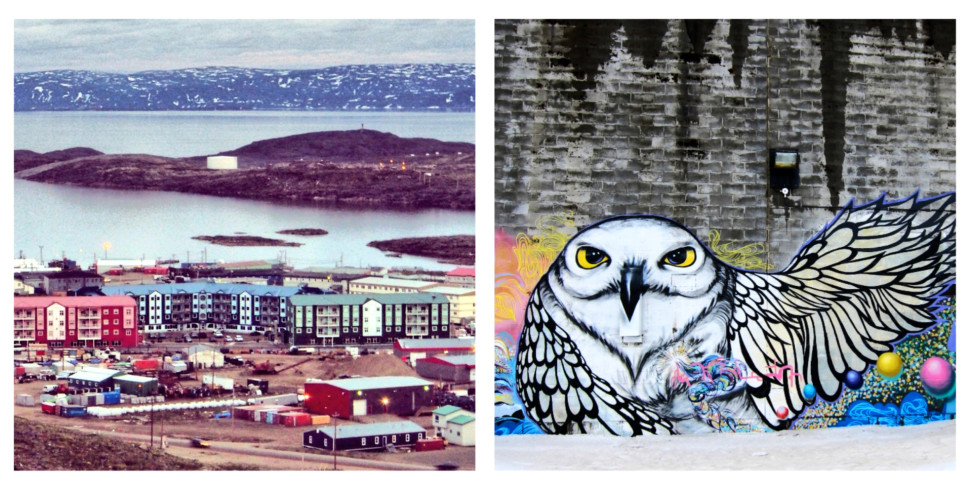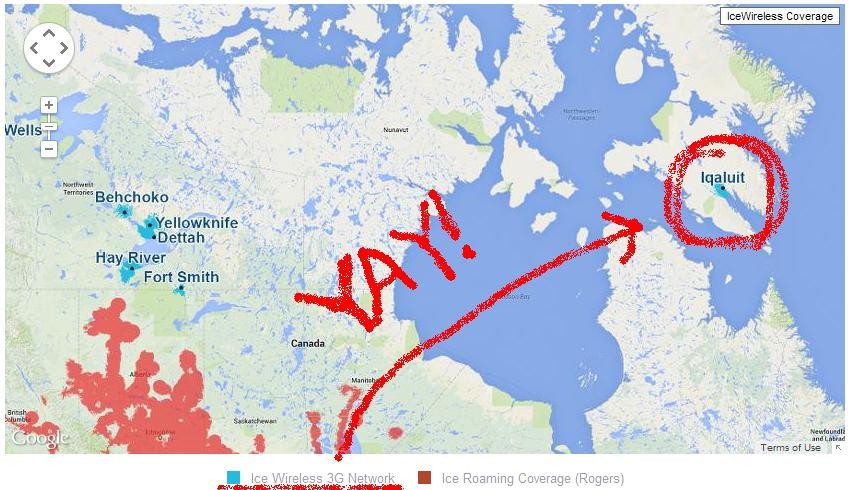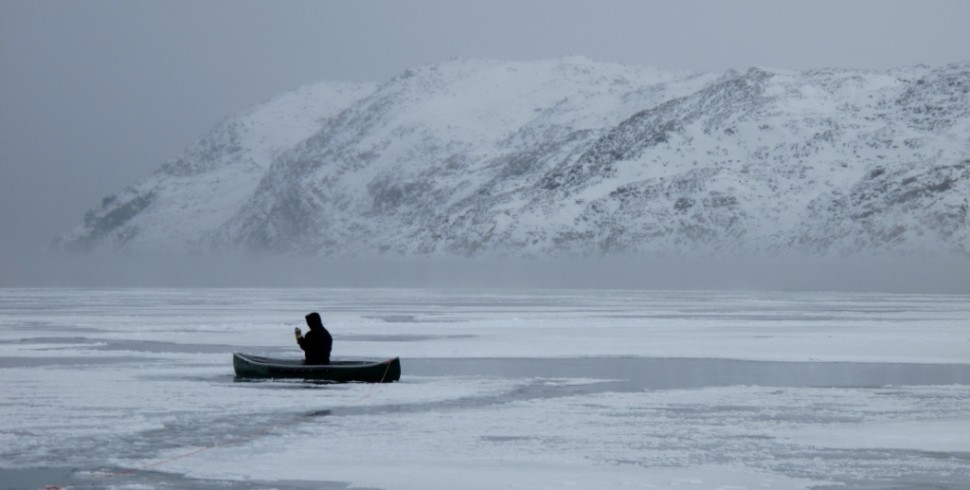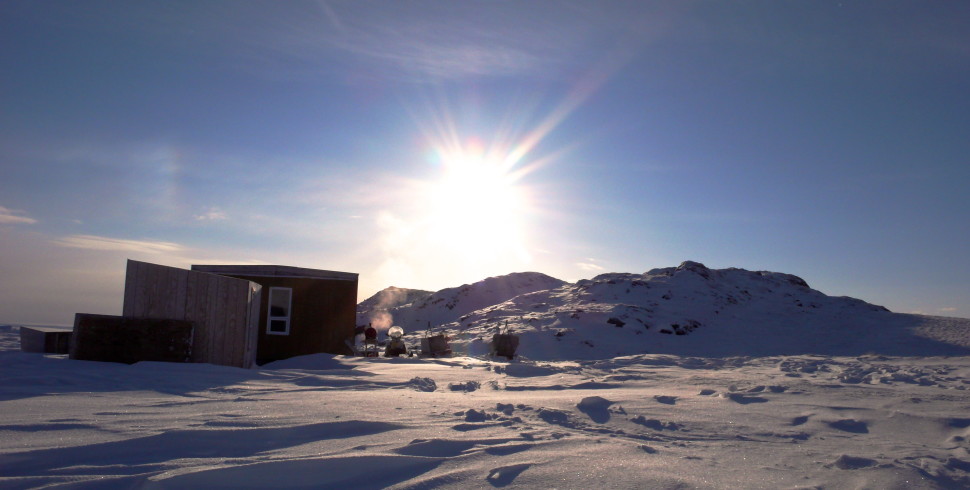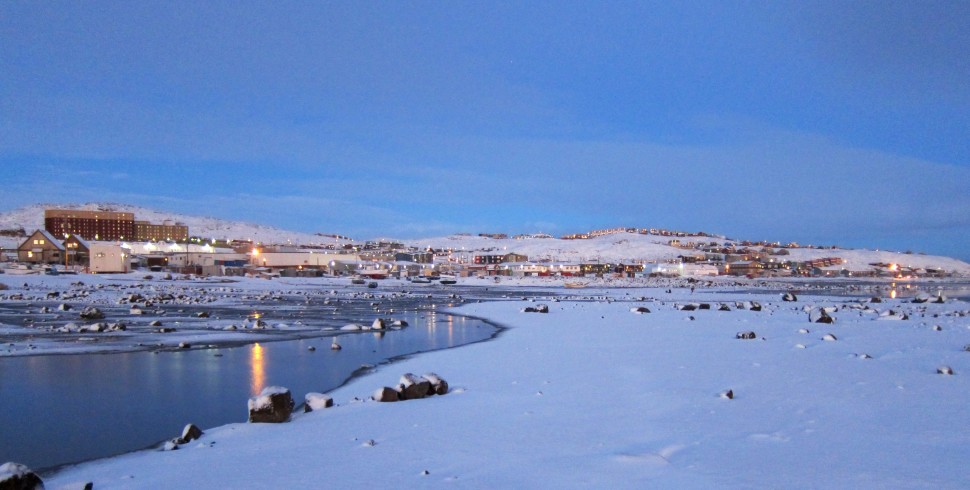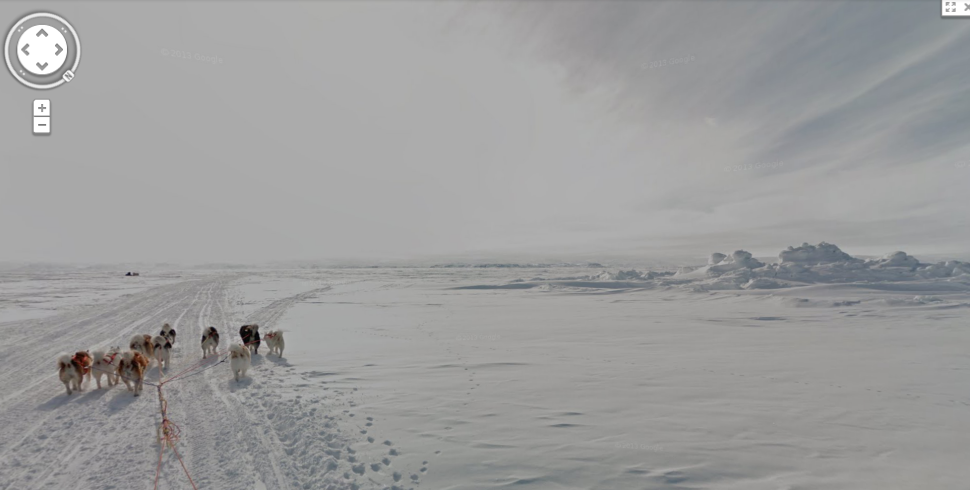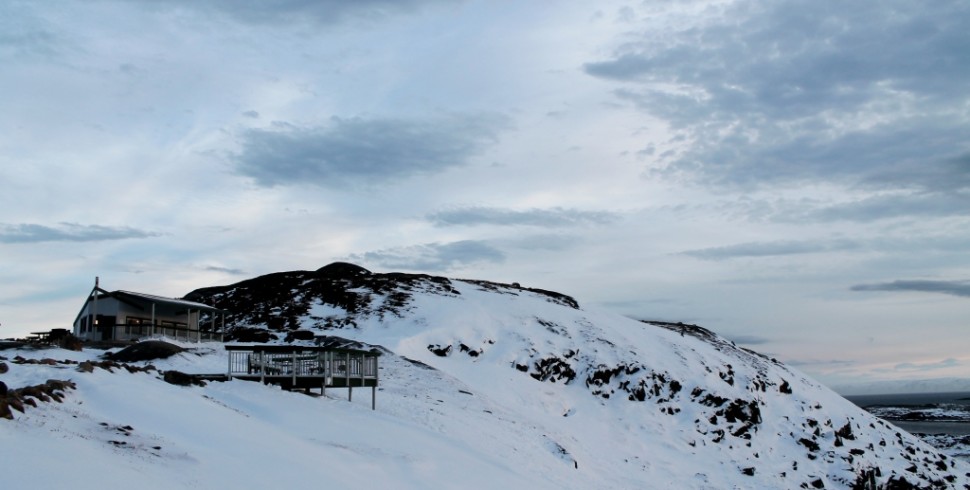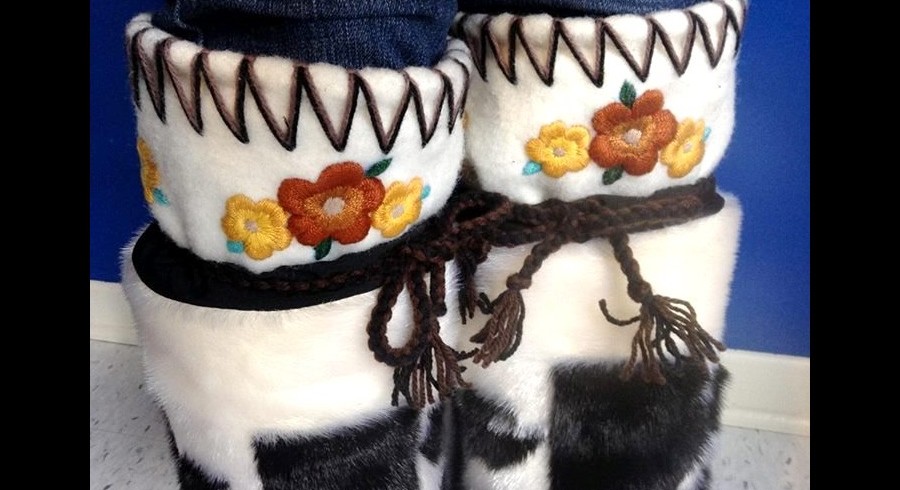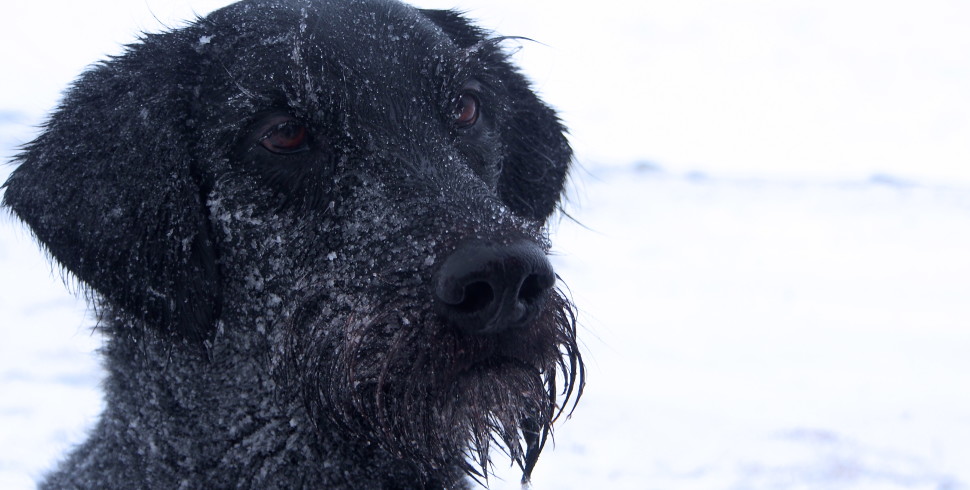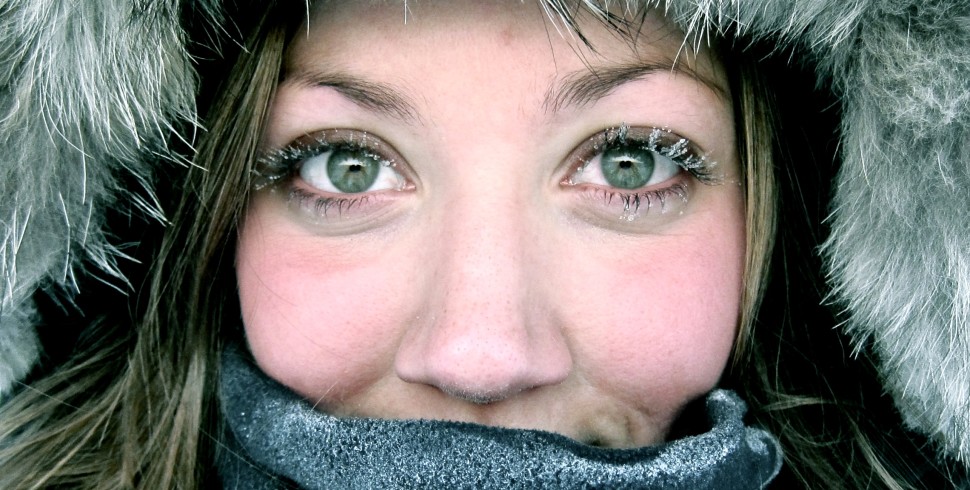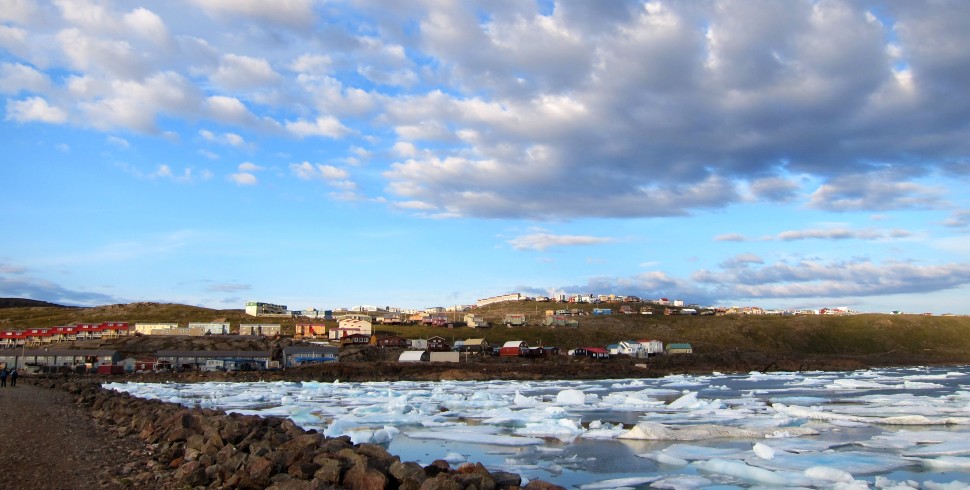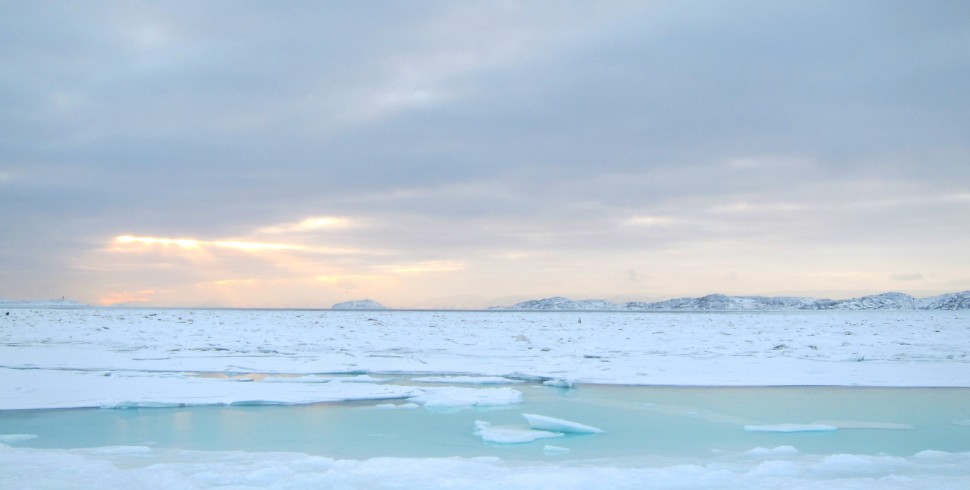Spring in Nunavut means warmer weather, longer days, goggle tans – and an annual increase in search and rescue operations.
Not surprisingly, the highest number of incidents on the land happen in the spring months of April and May, because this is when most people venture beyond town and onto the tundra. An increase in traffic, combined with unpredictable weather and thawing, can lead to dangerous situations, especially if people are unprepared.
Unfortunately, according to the 2014-15 Nunavut Emergency Management Annual Report, not many of us are prepared. Fifty percent of the search and rescue calls received in Nunavut are the result of individuals running out of fuel or a mechanical breakdown. Only 41% of the people who required search and rescue help in 2015 had an emergency communications device. In addition to difficult conditions for both travellers and rescuers, the bottom line is that taxpayer’s money is being spent on search and rescue in the territory unnecessarily.
“As of this week, we’re at about ten or fifteen more searches than where we should be, ” says Ed Zebedee, Director of Protection Services, Community and Government Services. “That means 2016 is on par to surpass the number of search and rescue incidents last year.”

Ed Zebedee stressed that SPOT devices, pictured here, could really help aid search and rescue efforts.
This is one of the reasons the Government of Nunavut (GN) is putting a lot of effort into Emergency Preparedness Week this year. Check out Tukisigiaqta, the GN Climate Change Section’s fun and informative quiz, for your chance to win a GPS, or some Nunavut Climate Change Centre (NC3) swag.
The GN is also running a contest on Facebook called Parnaksimajunga, meaning, “I am ready.” Just upload a photo of yourself with something you use to be prepared on the land and tag it with #parnaksimajunga, and you will be entered in a draw to win a GPS – an essential part of your emergency preparedness kit. Make sure to set your post to public so it’s visible to everyone!
And of course, there’s this post! I asked the folks at NC3 and the Emergency Preparedness team about safety prep, and we came up with this list of six things to do to before you go on the land in Nunavut.
1. Always bring an emergency communications device with you.
This is important, even on short trips. Emergency communication devices include SPOT or a satellite phone. Make sure the devices are in working order before you leave, and bring extra batteries. Also – practice using a SPOT or sat phone, before it’s an emergency!
For those of you who don’t have one, a SPOT device allows you to send messages to pre-programmed cell phone numbers. The messages are “I’m OK,” “Help”, and “SOS.”
Newer SPOT devices even let you post updates to social media channels, which is super handy. But, it’s still important to send updates to someone who you know will be checking for your messages – just in case none of your Facebook friends notice your status updates.
Ideally, you will have two or three people on your list that you can text with periodic updates as you travel. For example, if I am not with my partner on a trip, he will send me texts saying “I’m OK” while he is on the land.
SPOT devices can be borrowed from your local HTO. If you have a programmable SPOT, Ed suggests programming “I am delayed” as your special message.
Note that while smartphones are great, you should not rely on them as your only source of a map or directions, unless you are staying very close to town and in range for connection. If you are going to use a cell phone while out on the land, make sure it will work in the area that you are travelling to.
2. Always bring a wayfinding device with you.
A GPS, a map, and a compass: you shouldn’t leave home without all of these. Before your trip, test them out, and make sure you know how to use them!
3. Share your route.
Note down where you plan to go, and how long it will take to get there, and ensure someone who is staying in town has this plan. Ideally, whoever has knowledge of your trip route will also be the person or people you program into your SPOT.
This is such an important step, that can’t be taken lightly. It is the people who know your route who will be responsible for contacting search and rescue if you are MIA. Before you leave, work with them to plan a time to notify the authorities if you are overdue. For example, you may expect to reach your destination around 7PM, at which point you will send an “I’m OK” message via your SPOT. But if you don’t send that message at 7PM, how long should your friends or family wait before contacting search and rescue? Make sure they know that – and you do, too.
4. Have a travel buddy, or two.
There is safety in numbers. Two heads are better than one. Teamwork makes the dream work. You get my drift.
5. Check the weather. Then check it again.
We know weather can change quickly. Try to stay on top of Mother Nature by checking the weather forecast at various intervals before your trip, starting about three days before you plan to leave. And it’s not just the start day you have to worry about; it’s also your return! So, be as sure as you can that the conditions will be okay for you to depart and return safely.
If you’re looking for a good website to track weather systems, I’ve recently had a number of people recommend Windyty.
6. Always prepare for at least 72 hours on the land.
Unfortunately, weather forecasts can be wrong, throwing a wrench into your careful trip plan. And that’s just the start of what can go wrong on the land. Machines break down; people get hurt, or worst, lost. And sometimes, you need to call in for help.
If you are ever stuck on the land, know that your best chance of rescue will be if you are prepared to survive for at least 72 hours. This is how long it can take for a search and rescue team to locate you, pending weather, human resources, and tracking.
As a start, here are a few things you want to make sure you have with you on the land (a longer list of my survival essentials can be found here):
- Fuel: Think about how much you will need for your planned trip, and then bring more!
- Clothing: Bring extra warm weather clothing, in case the temperature changes or your clothes get wet or damaged.
- Food: Like with gas, you should think about how much you will need, and then pack plenty of extra meals.
- Water: Same as above.
- Camping equipment: Stoves, tent, sleeping bags, cooking tools; whatever you may need to spend a night or two on the tundra.
- Spare parts and tools: An extra belt, spark plugs, rope, and whatever you need to keep your machine running.
- First Aid Kit: This is a given!
- Extra batteries: Bring enough and the right ones for all your battery-powered devices.
To find more information on planning and packing, visit Northern Search and Rescue or read the Government of Nunavut’s list of outdoor travel tips. To learn more about Emergency Preparedness Week, visit the Get Prepared site. And please, leave a comment and share how you stay safe on the land in Nunavut!



